Photoshoot 1 :

Photoshoot 2 :

Photoshoot 3 :
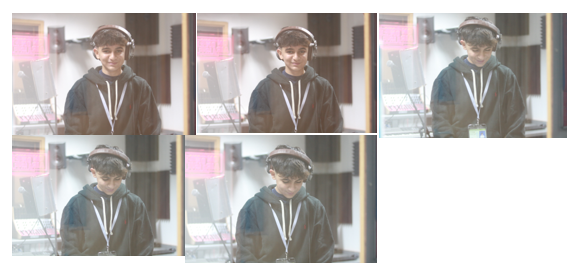
Photoshoot 4 :

Photoshoot 5 :
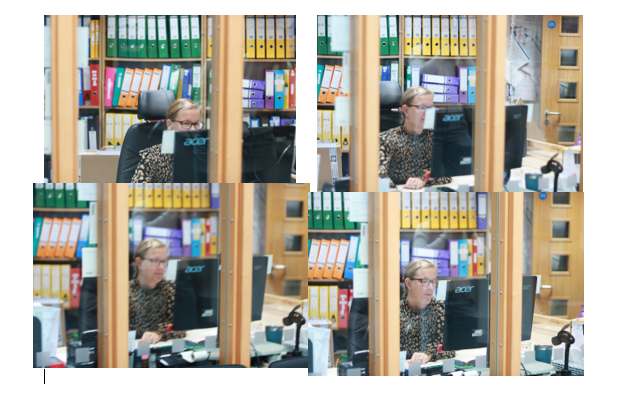
Photoshoot 6 :
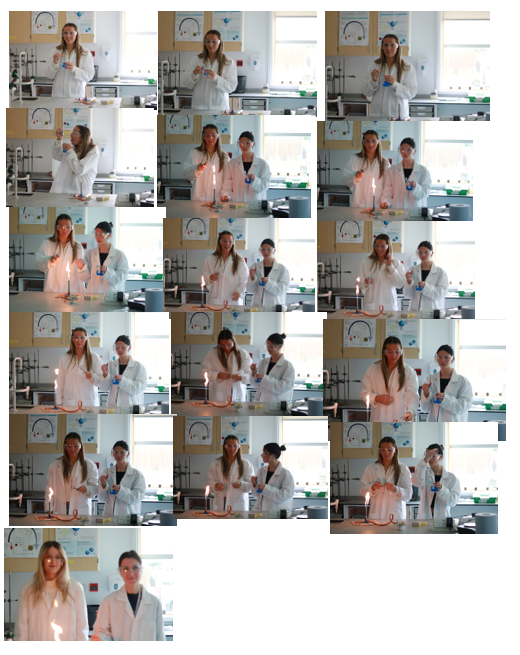
Photoshoot 7 :

Photoshoot 8 :
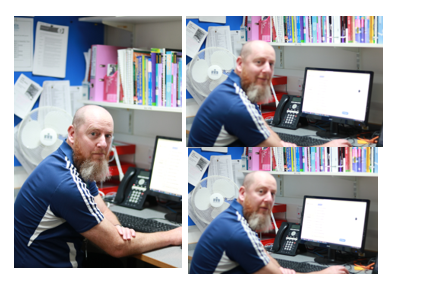
Photoshoot 9 :
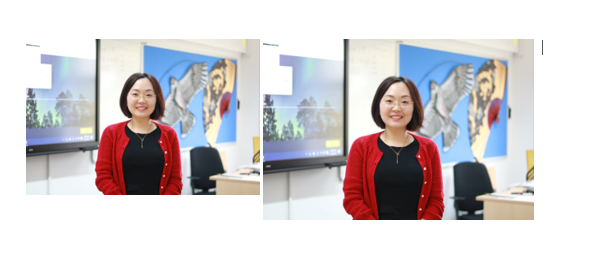
Photoshoot 1 :

Photoshoot 2 :

Photoshoot 3 :

Photoshoot 4 :

Photoshoot 5 :

Photoshoot 6 :

Photoshoot 7 :

Photoshoot 8 :

Photoshoot 9 :


In this photoshoot, my classmate and I, went into St Helier town and walked around asking different members of the public if we could photoshoot them in their working environment. It started hard as we didn’t plan anything. But we quickly started asking lot’s of different people if we could photograph them and explained it was for our A-Level photography. A lot of workers actually really wanted us to photograph them and got excited when we asked them, especially the construction worker and the Ice cream cabin lady.
These are my 3 favourite photos I have taken. These 3 are really good because they all show the engagement towards the camera even with hand gestures in the first.

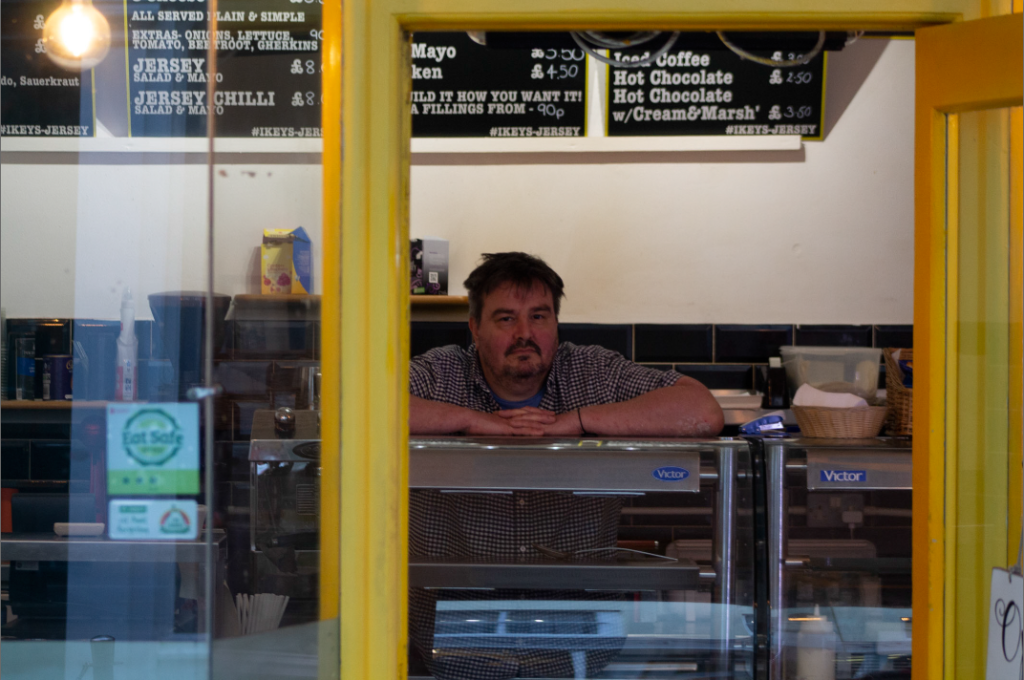
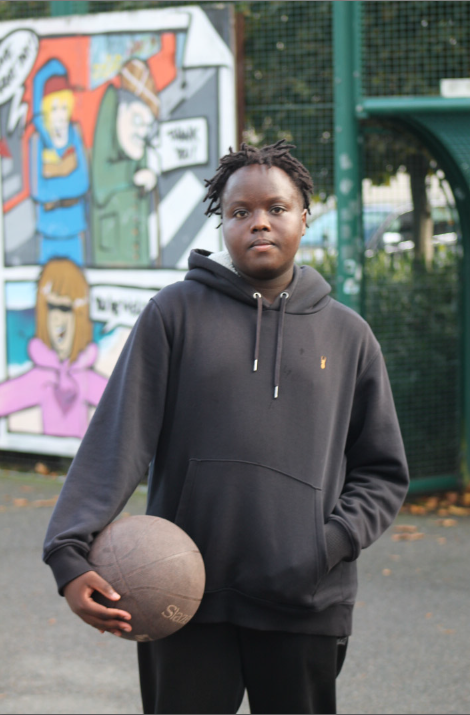
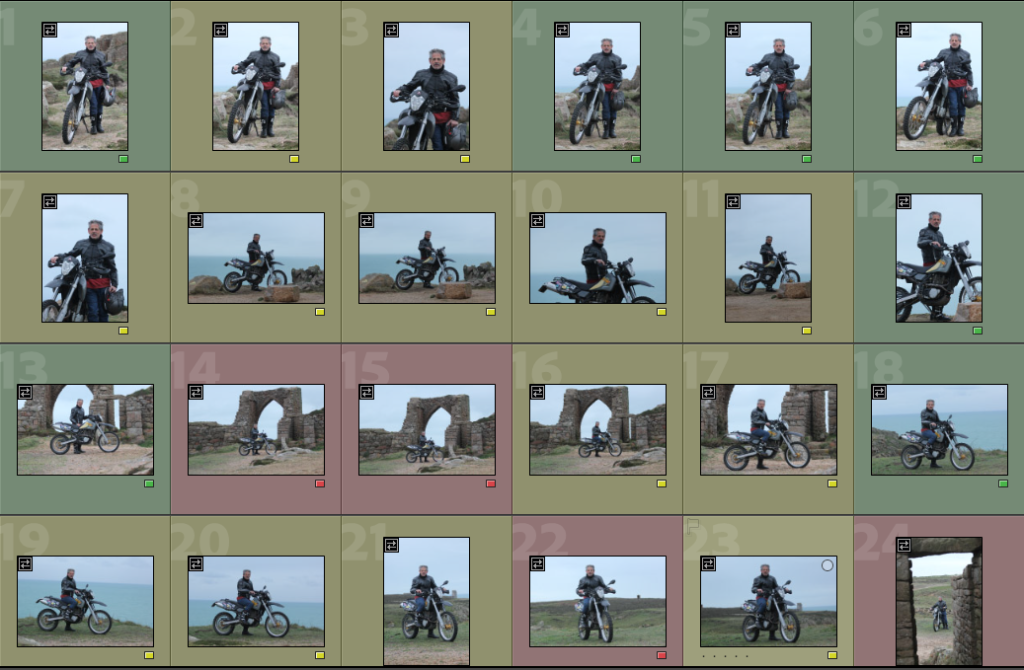
I took a variety of different shots from different angles and depths. To achieve this I used ether a 70-200mm or a wide angle lens 10-20mm. I have used a colour coding system to make quickly look through the shots and select the ones I want to edit. The green photos are the ones I like and want to potentially edit some, the red are the shots that are repeats or just don’t work, for example they could not be in focus or have a busy background that just doesn’t work for the results I want.
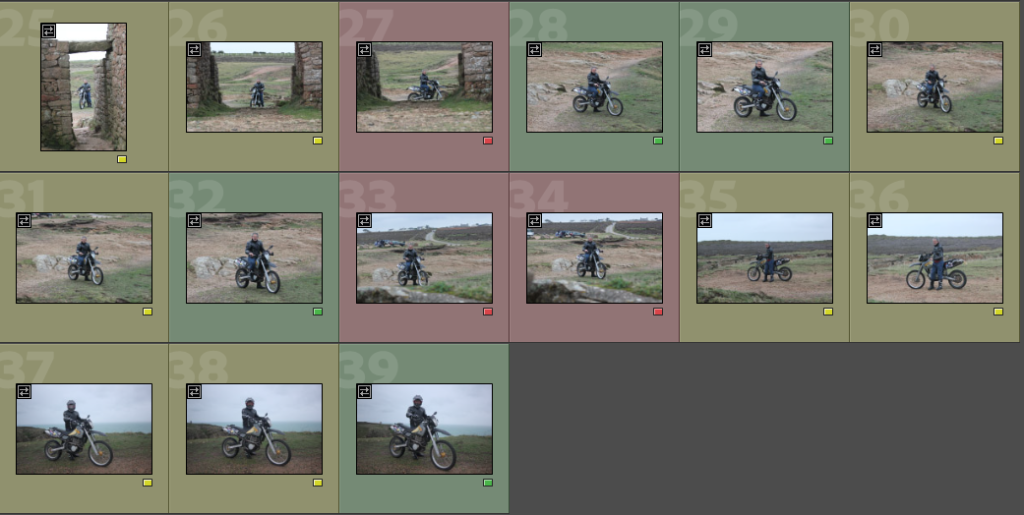
I did a second photo shoot as I felt my first one wasn’t overly telling or interesting. I used the same model but instead of a his work I asked him ‘what is an environment that describes you and your passions?) I got many answers of different hobbies, interests, work and even things like food. However I chose to use the prompt of my motorbike and off – roading. This led to me exploring where we could take the photos over here as there isn’t actually anywhere over here that represents the style of riding he does. I picked Gronez Castle as not only it was the closest to the rocky mountains in Spain etc but he also has a large interest in Jersey’s history so this was a great location to show the models different interests and what makes up his ‘environments’.
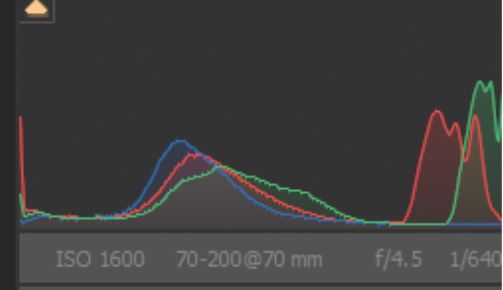
These are the settings I used for the three photos below. By using a 70-200mm lens it allowed me to take a range of shots with high quality.
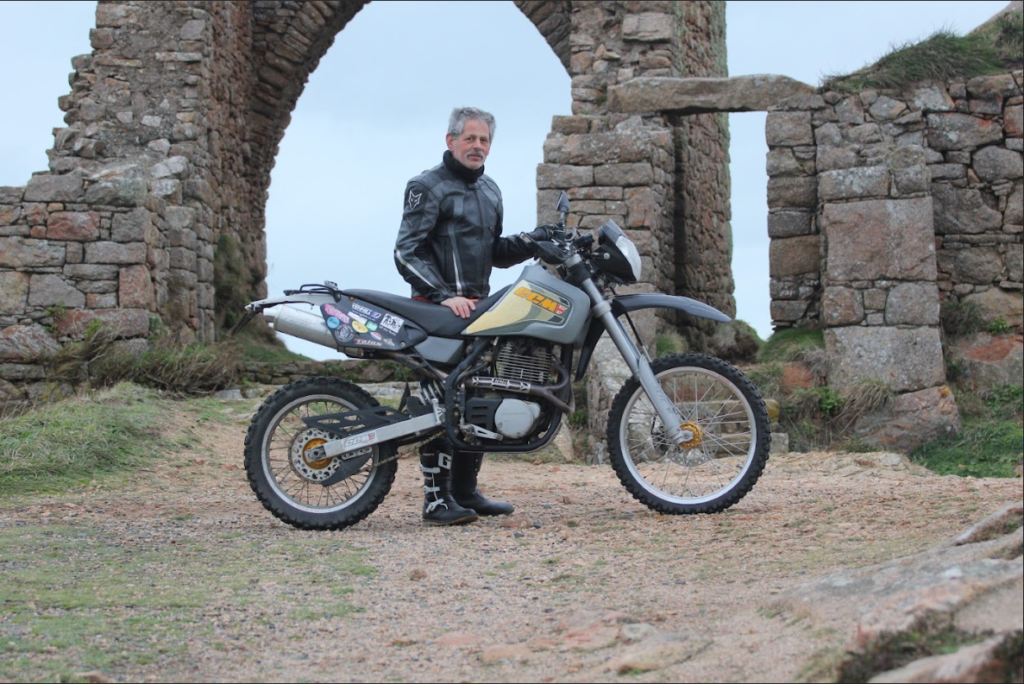
Before
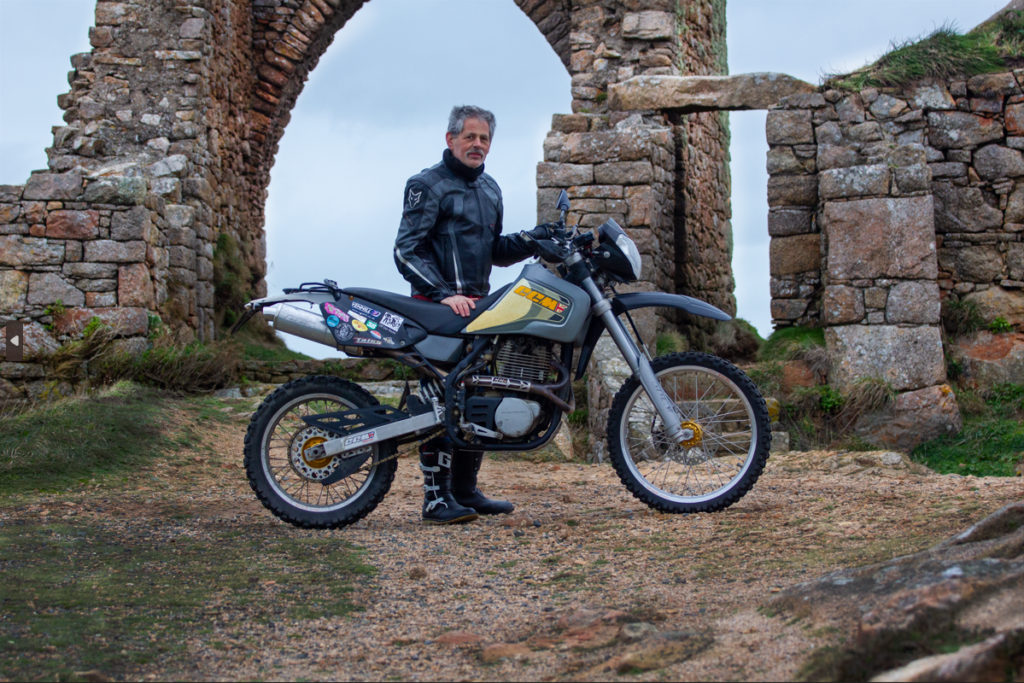
After
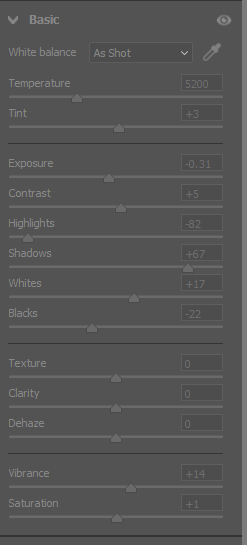
I started by using the RAW settings on photoshop, when you upload a RAW file it allows you to make some basic adjustments to the image prior proper editing. This helped bring some colour back to the photo before I changed too much about it.
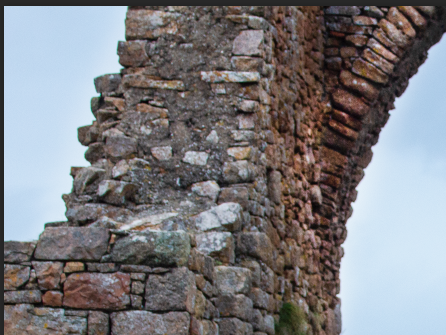

To complete this edit I made sure to use the dodge and burn tools to add depth to the image, the darker parts, like bricks lacked colour so using the dodge tool brought light onto it and made the image feel more open. I then mixed this with using the dodge tool on the grass and motorbike to draw attention to the subject and making the colours feel more vibrant and true to life.
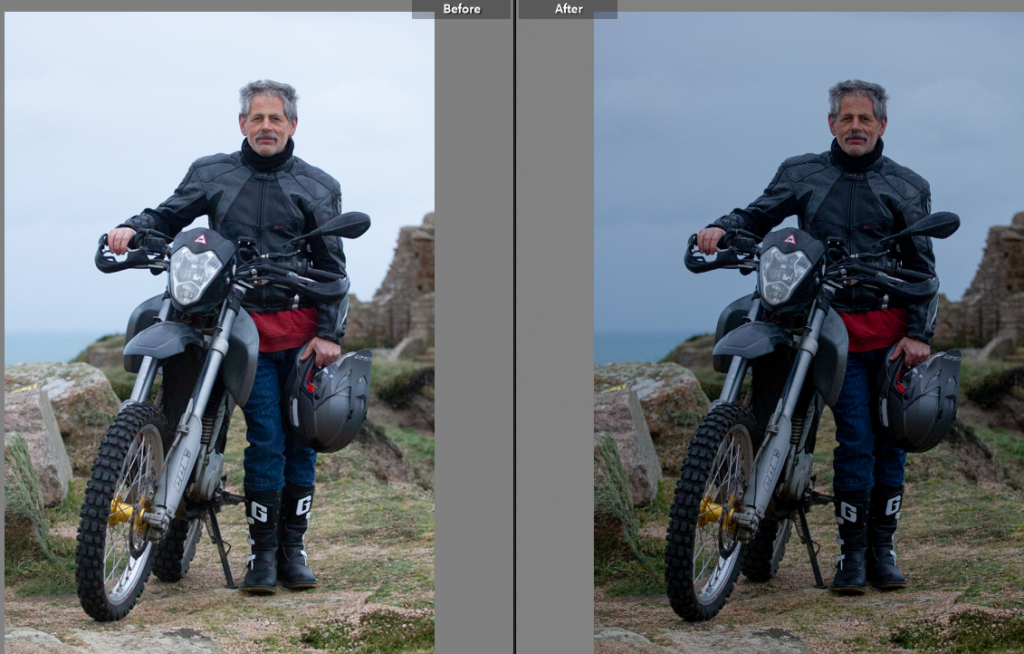
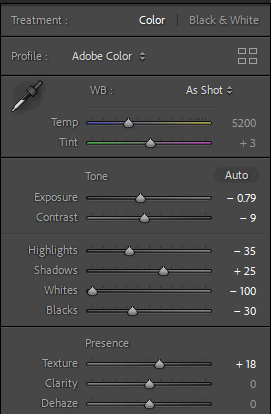
For this edit I felt it only needed Lightroom editing, so this meant I adjusted the colouring and lighting. I felt it needed the exposure bringing down to reveal the blue sky and sea, this also made the rest of colours less washed out. By then continuing to edit the image by decreasing the whites, blacks and highlights it took away from the over exposed look.
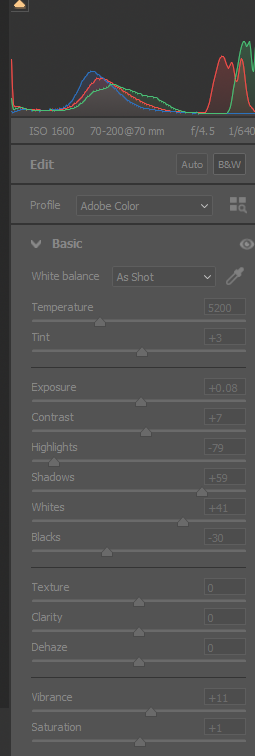
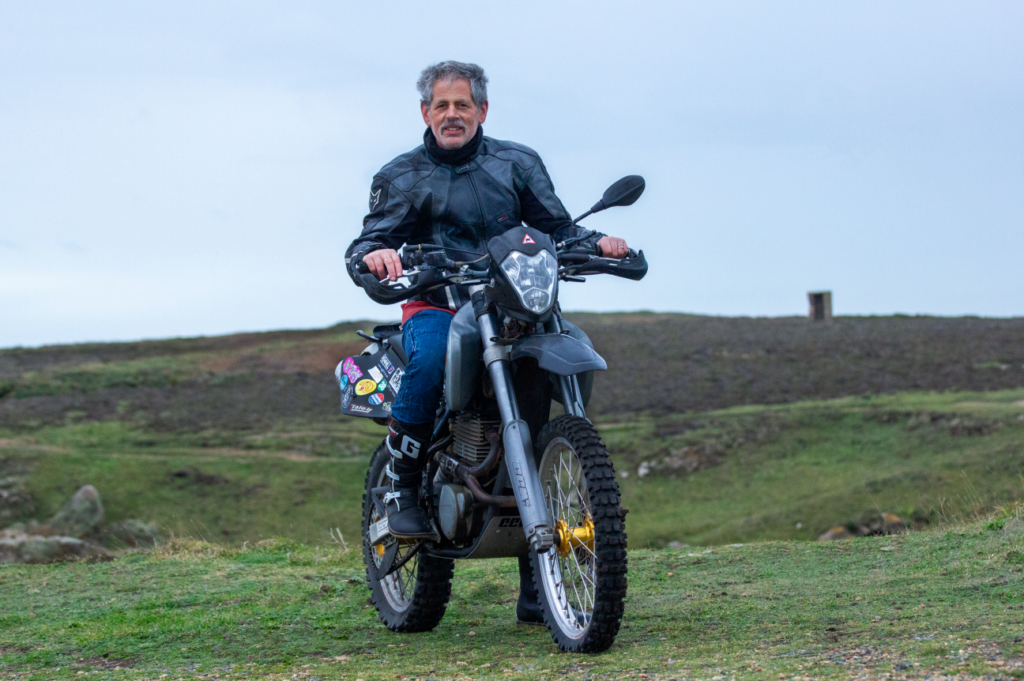
With the final image I edited I chose to mostly just use the RAW settings adjustments as I felt it didn’t need much else as too much editing can over complicate the image and I didn’t want it to take away from the photography style. Overall I’m really happy with the results of this shoot and I think it has produced strong results and that are inspired by August Sander’s work. By editing my best three shots I have now got good final images to presents in a virtual gallery.
“An environmental portrait is a portrait executed in the subject’s usual environment, such as in their home or workplace, and typically illuminates the subject’s life and surroundings. The term is most frequently used of a genre of photography”
Environmental portraits to me are when a person is a main model who stands in the frame of the photograph with a heavy background behind them meaning its busy and many tings can be observed, this helps us to see what the photograph is about and helps us observe the main properties.
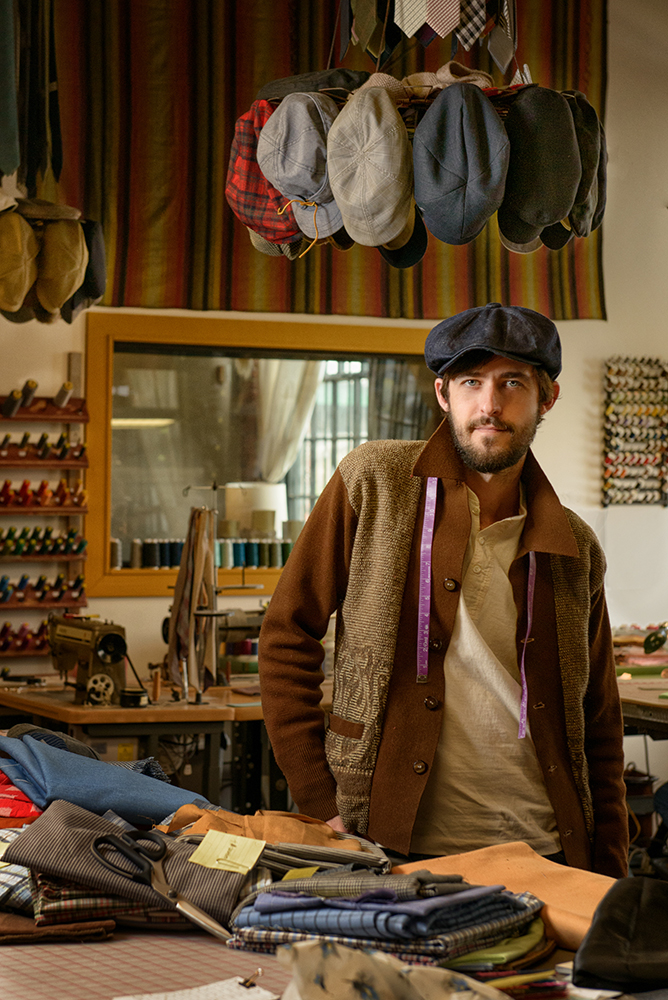
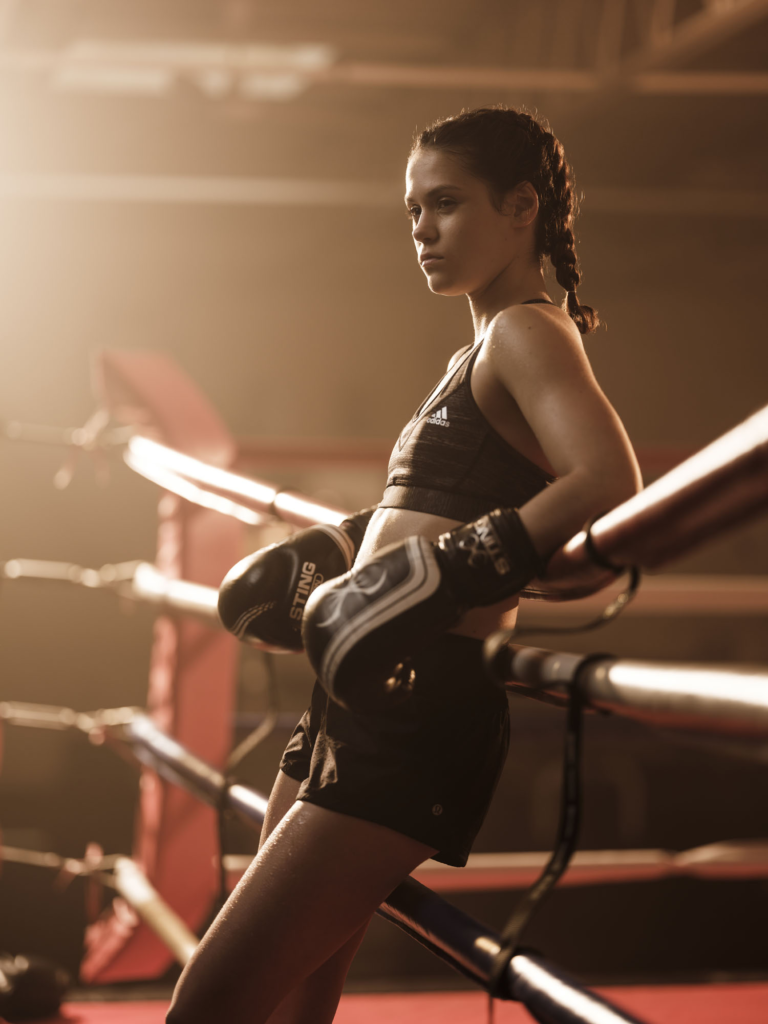
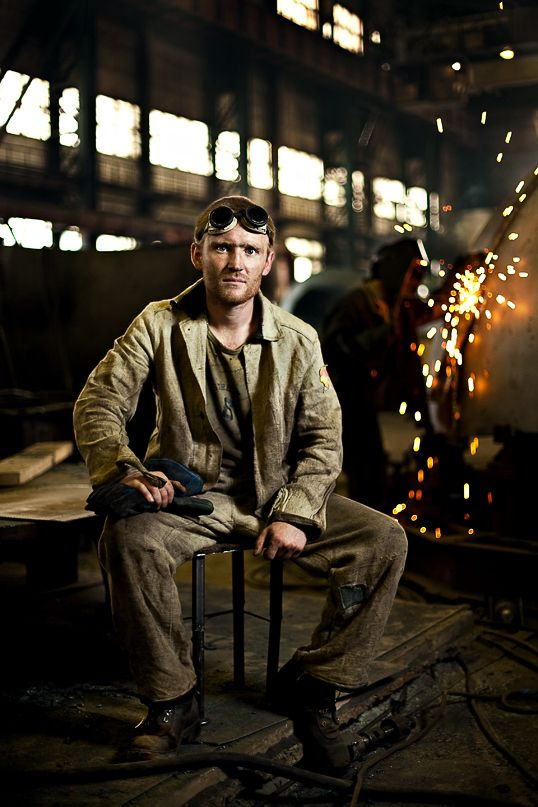
Good environmental portraits will tell strong stories of their subjects. Their immediate surroundings will give the viewer insight into where these people are, what they do, and who they are. Locations that help to tell a person’s story could be places where they relax, work, or play: Their home.
ideas of environmental portraits:
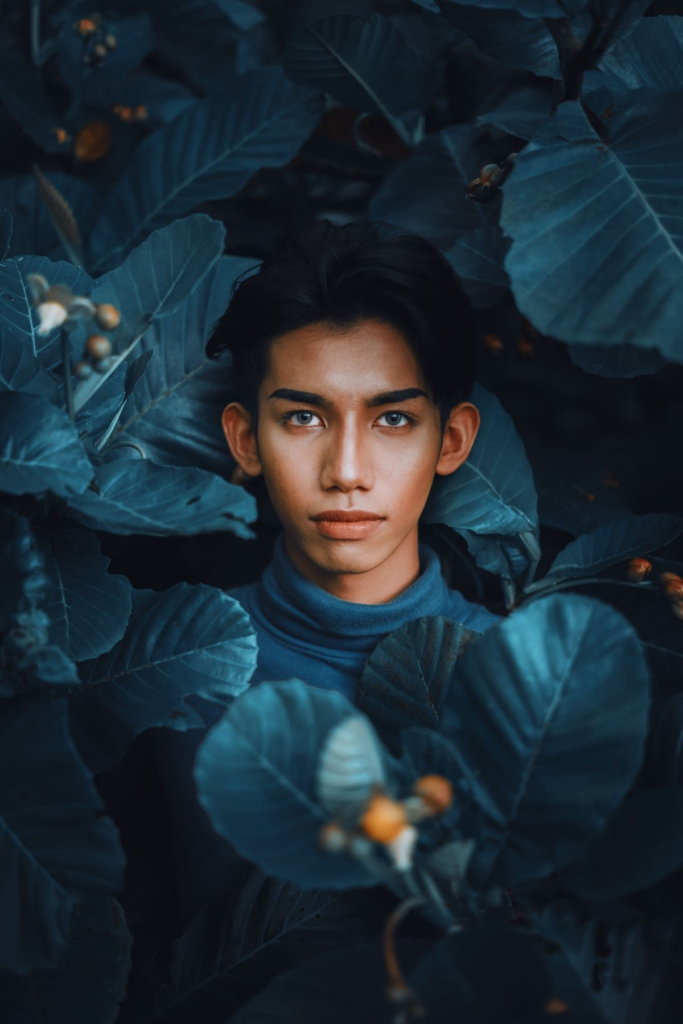
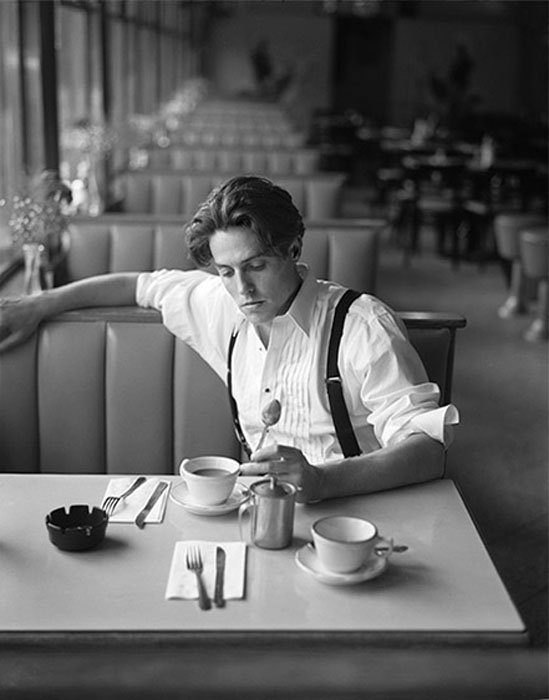
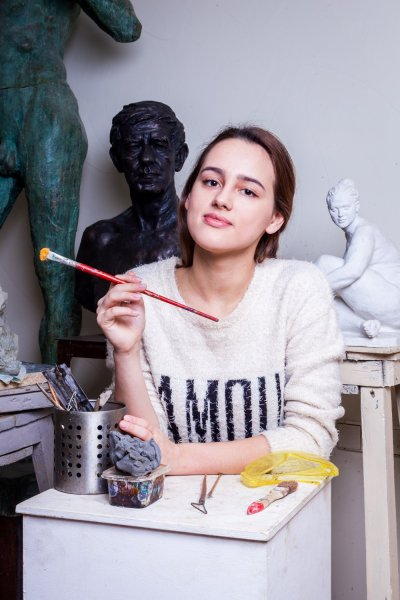
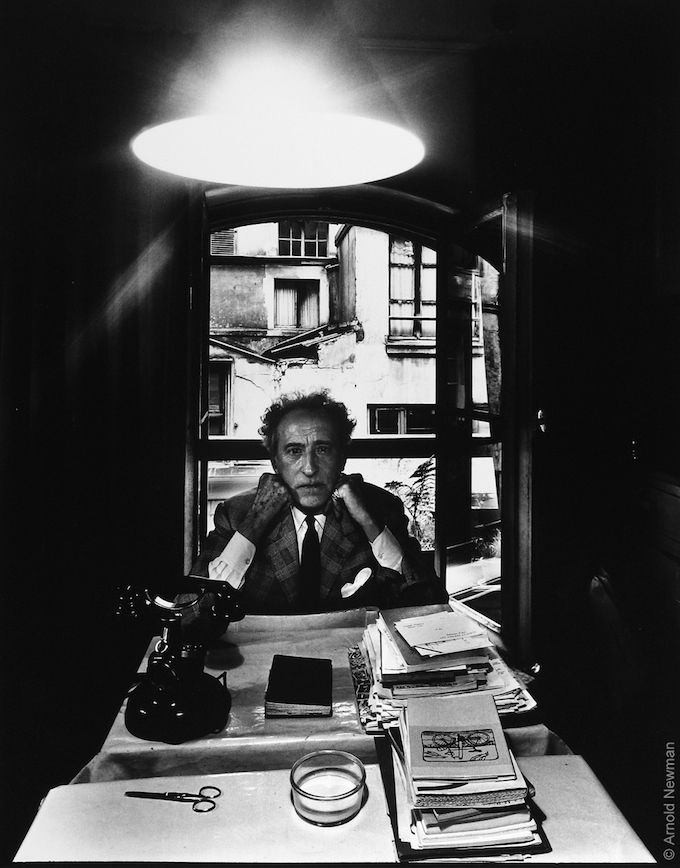
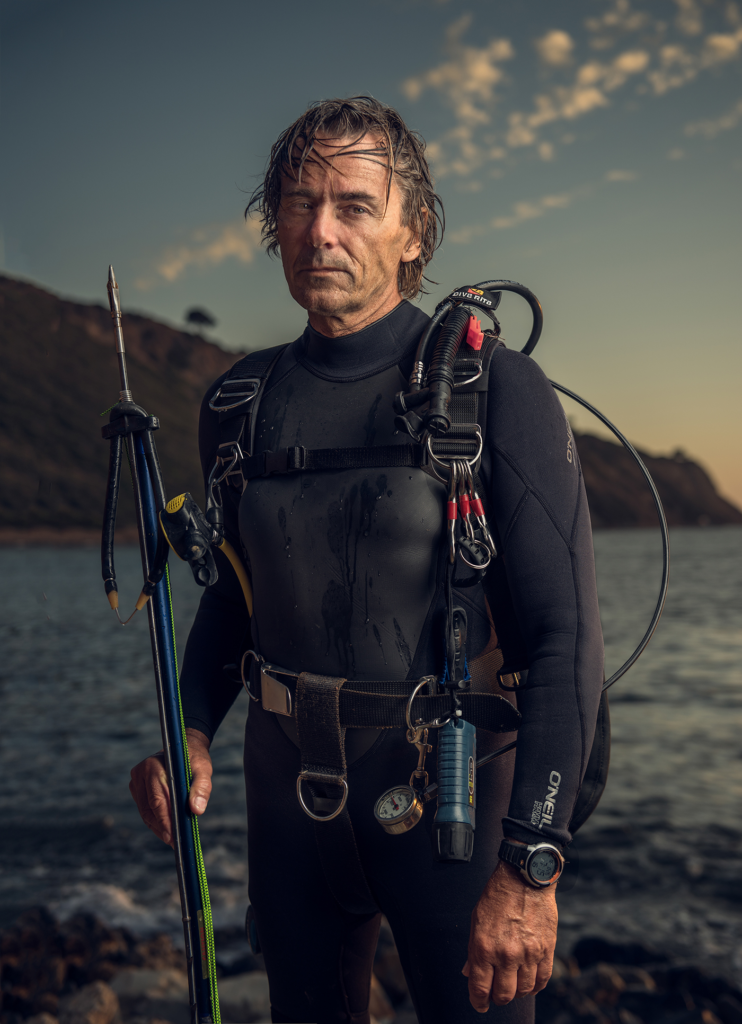
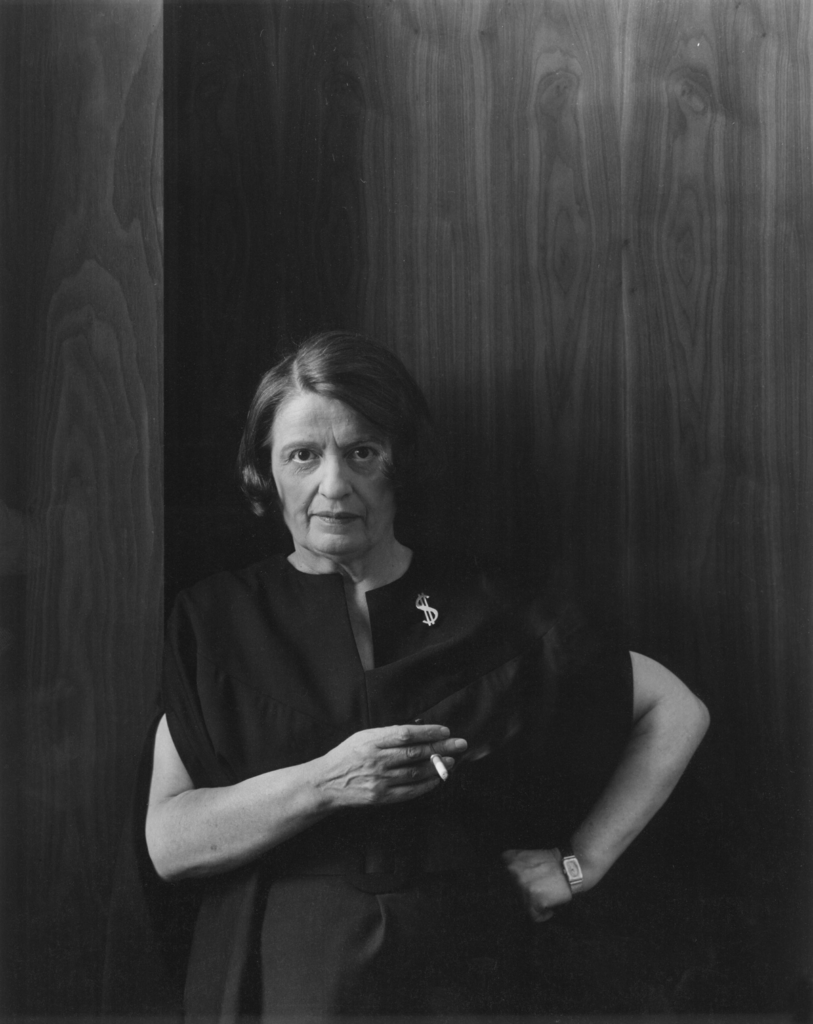
different ideas to consider:
ARTISTS:
PLACES TO TAKE PICTURES:
this can include jobs or hobbies, cultures, religions and your mood.
Such as:
PEOPLE TO TAKE PICTURES OF:
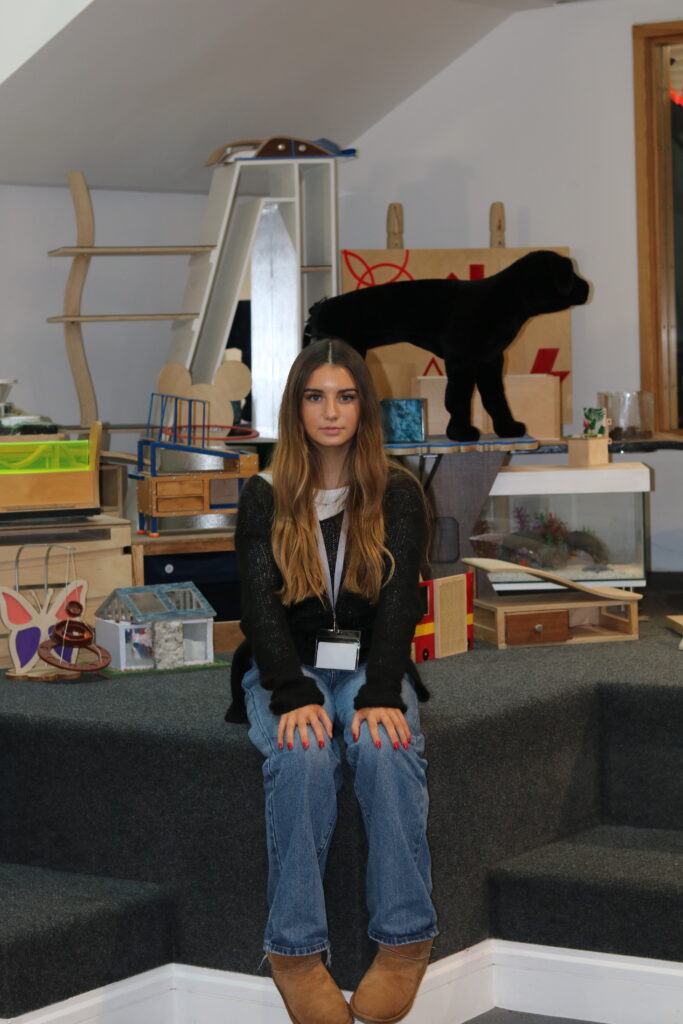
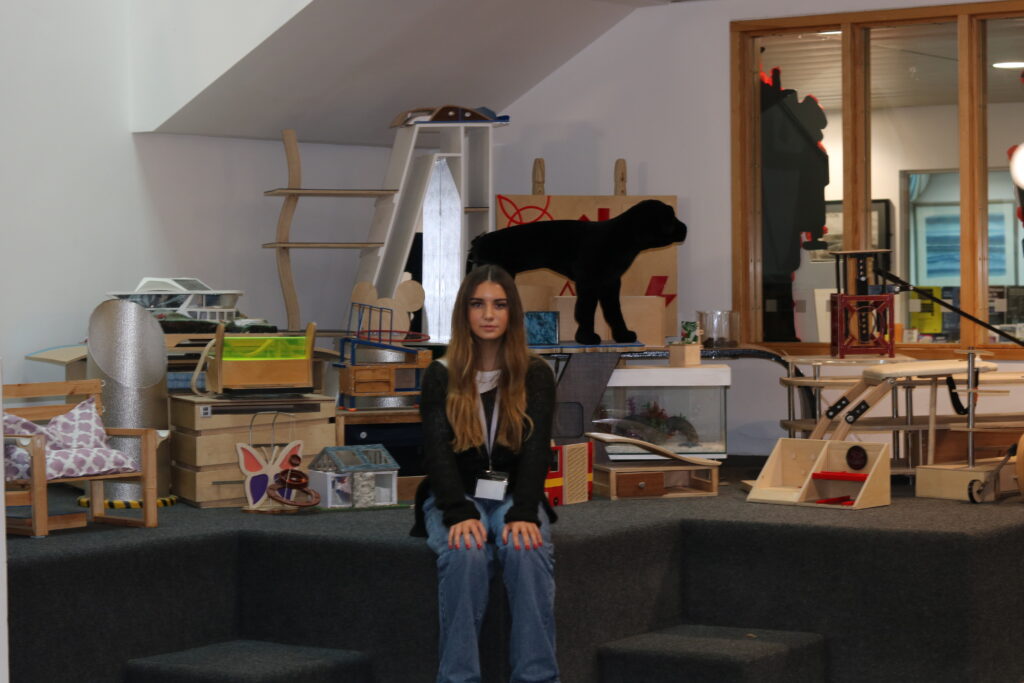
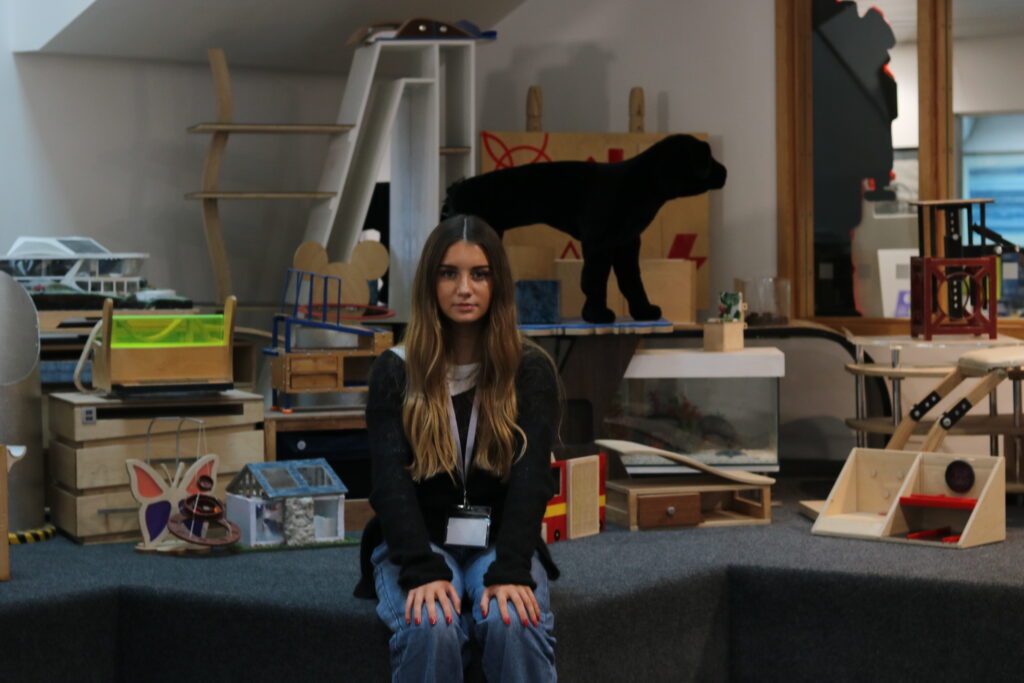
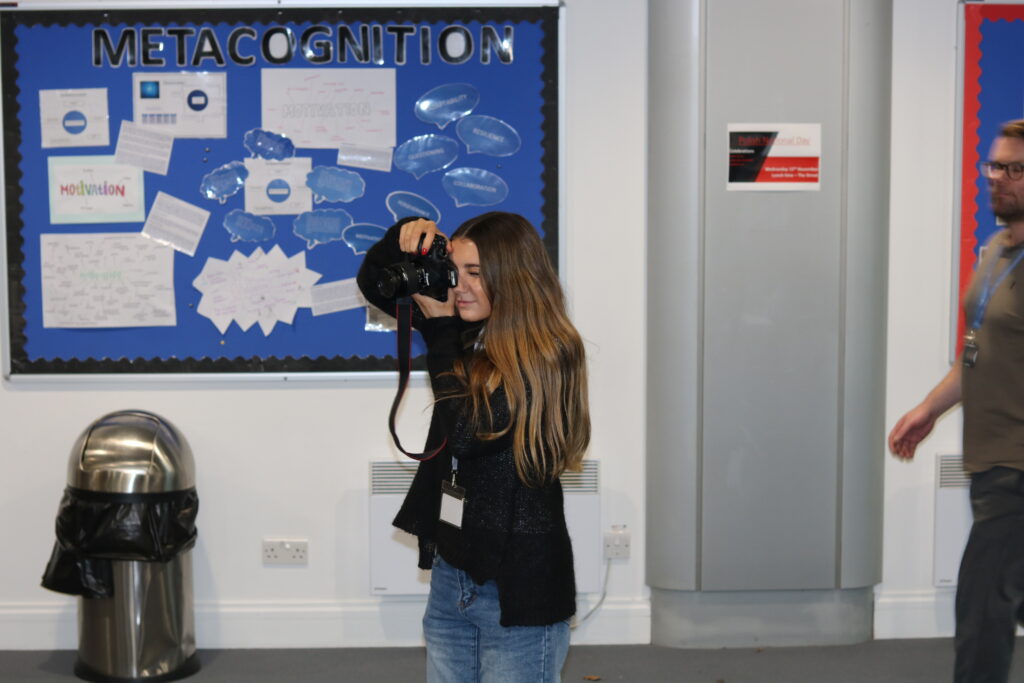
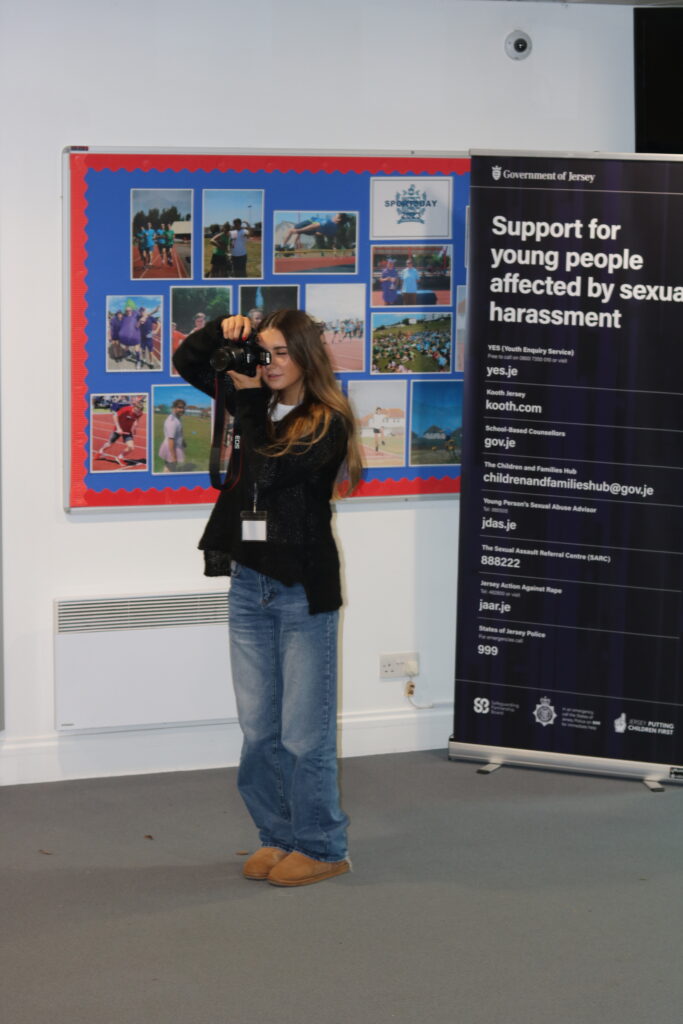
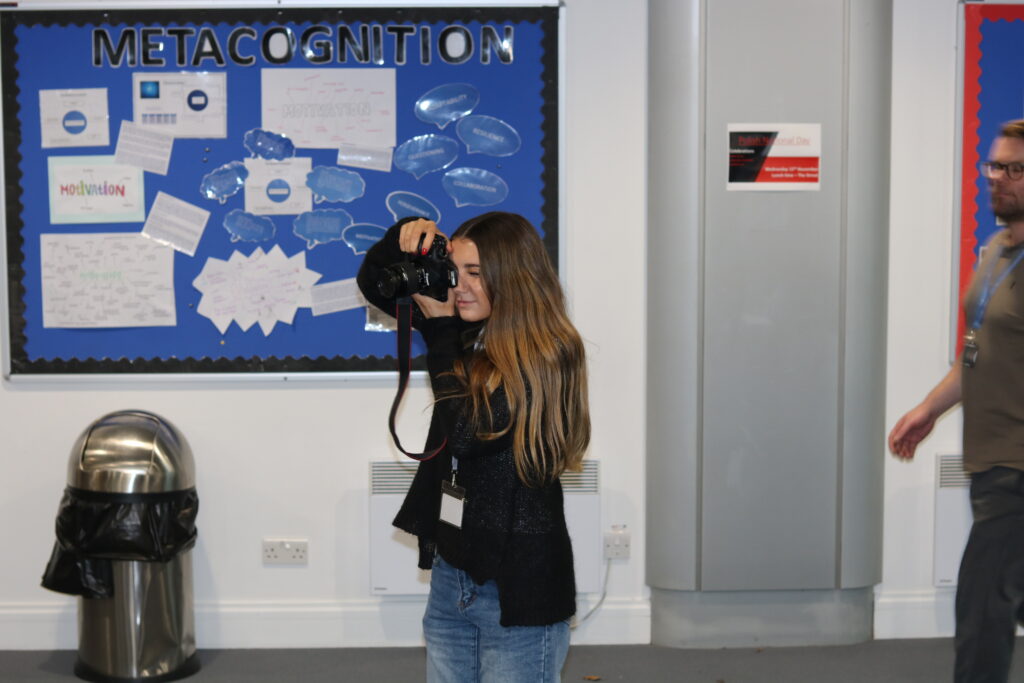
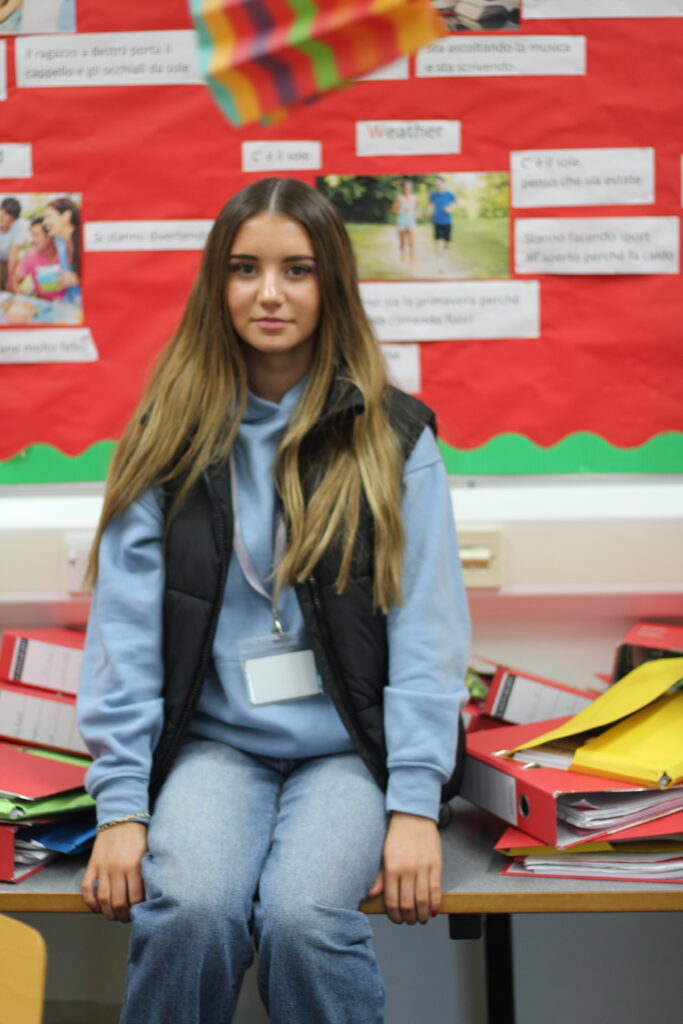
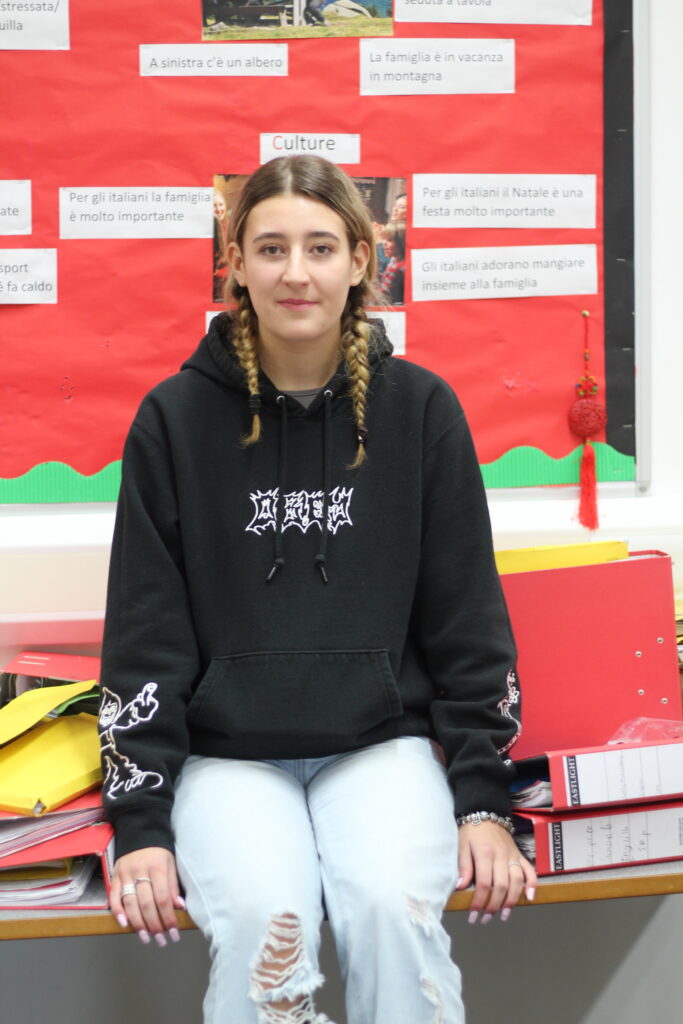
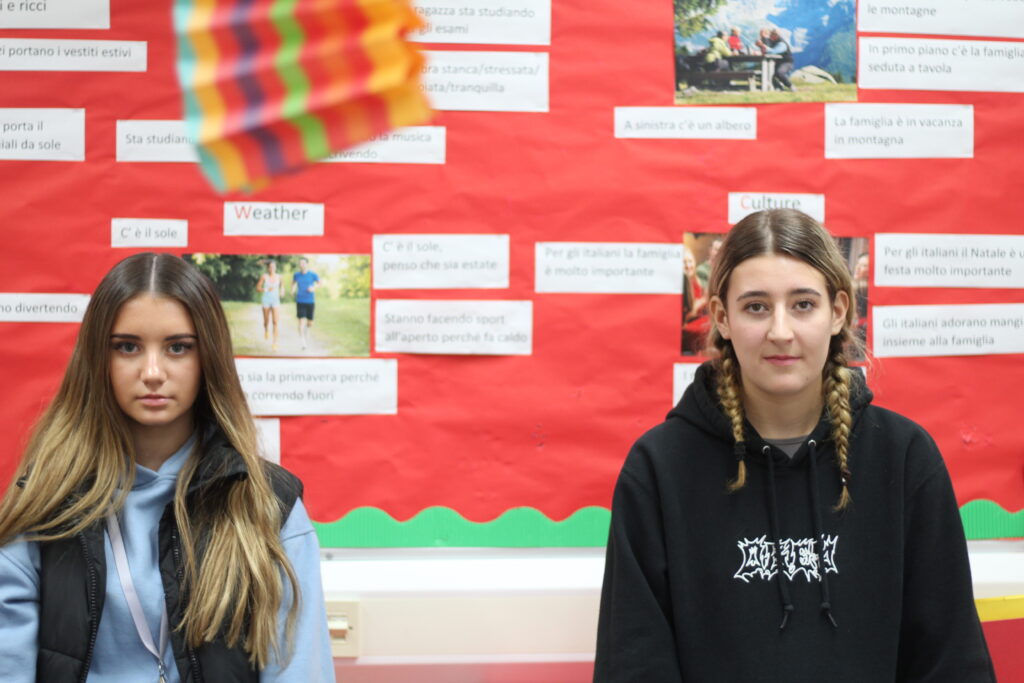
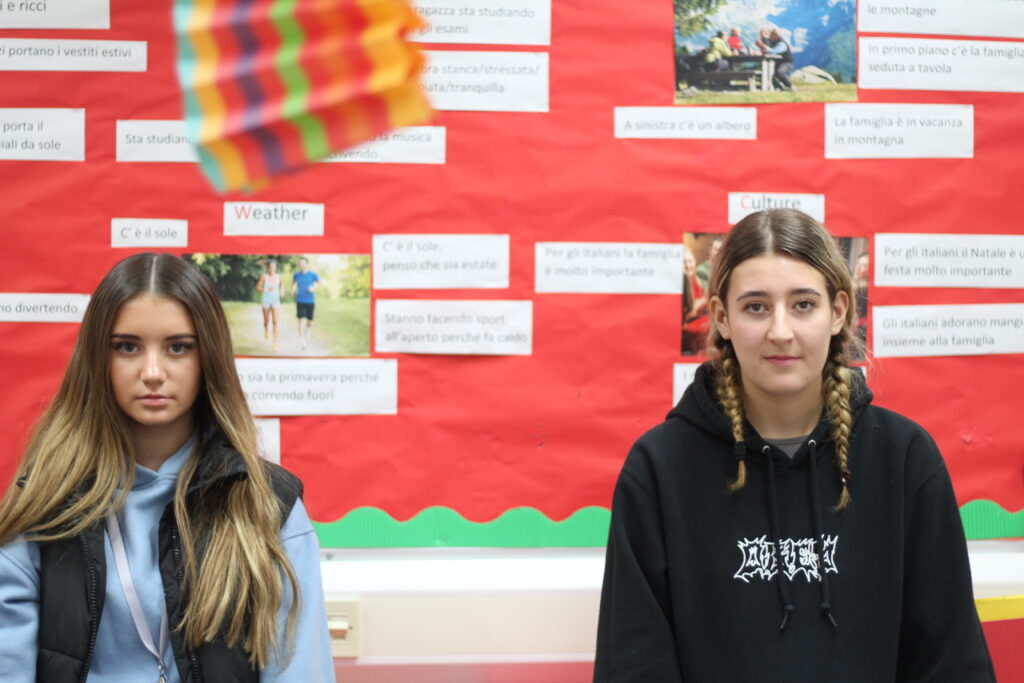
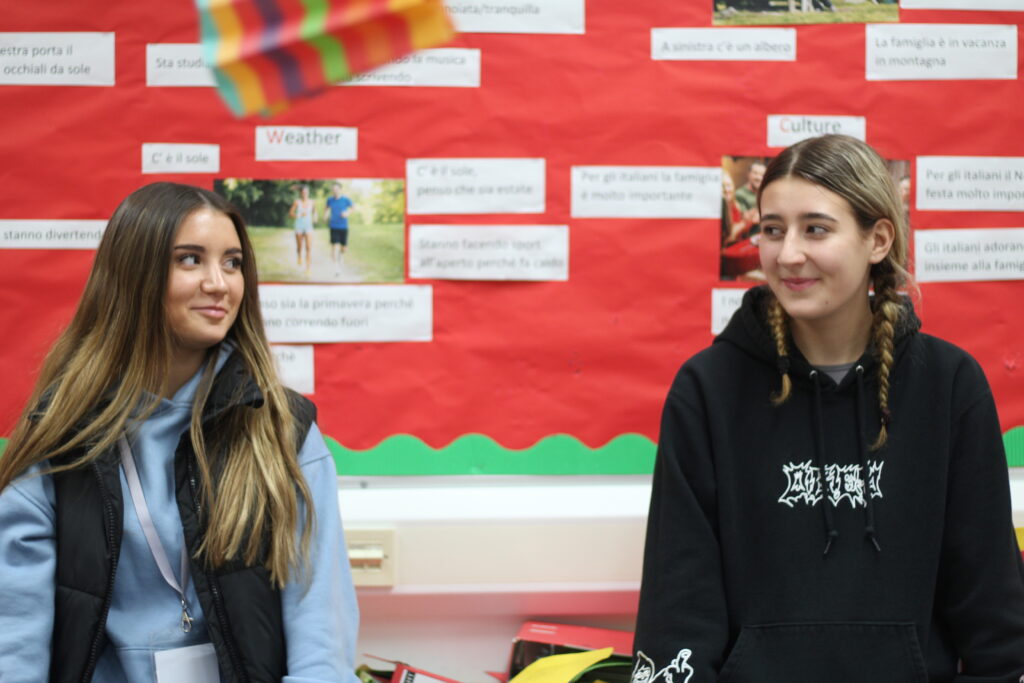
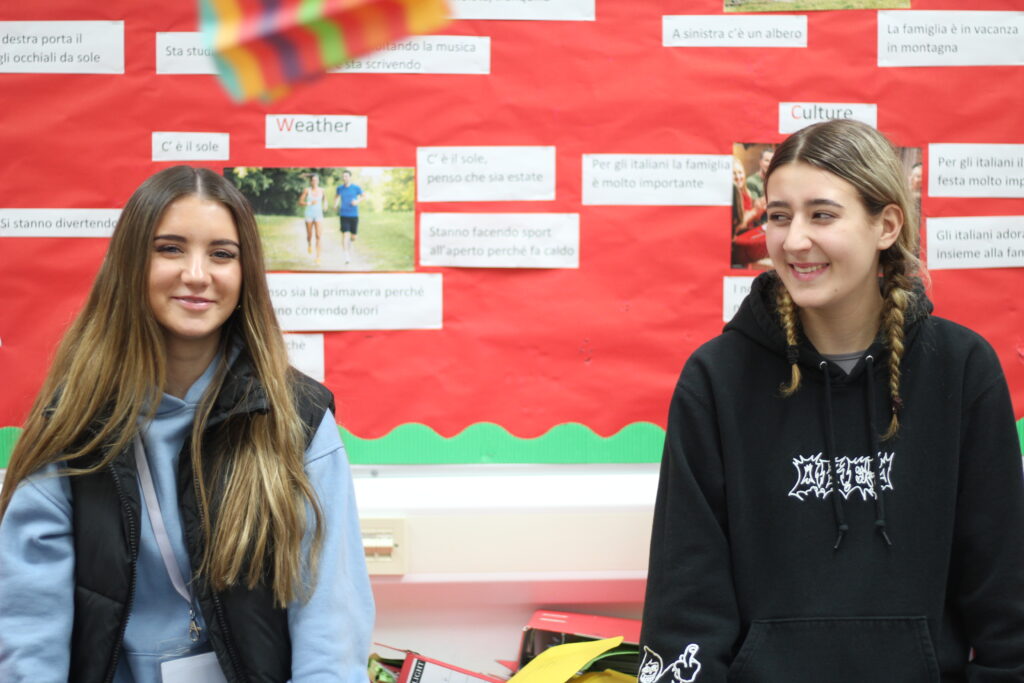
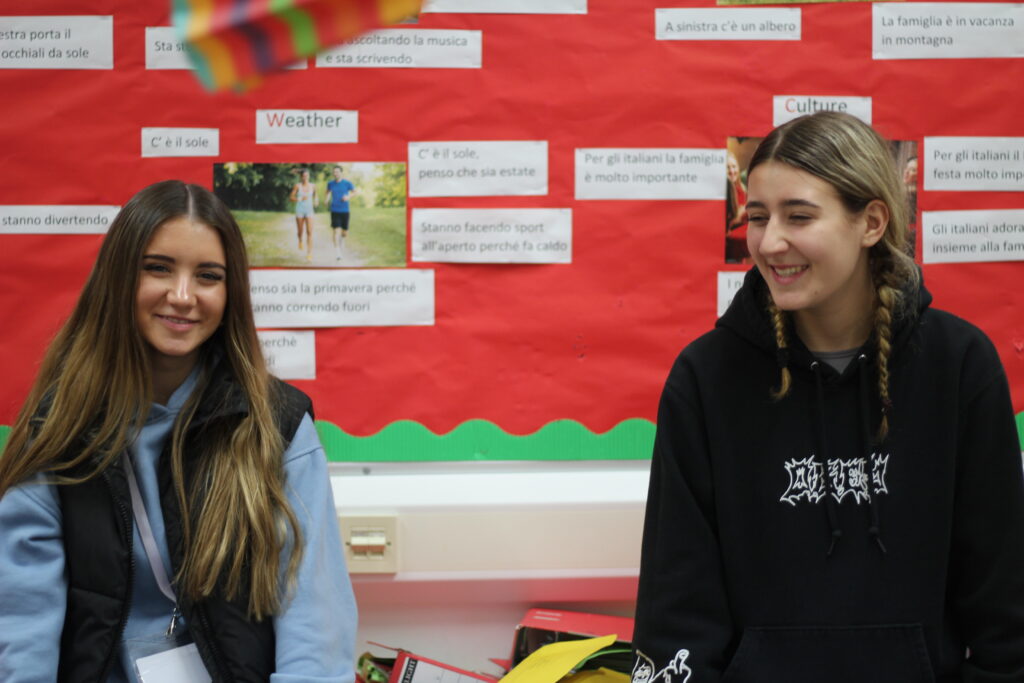
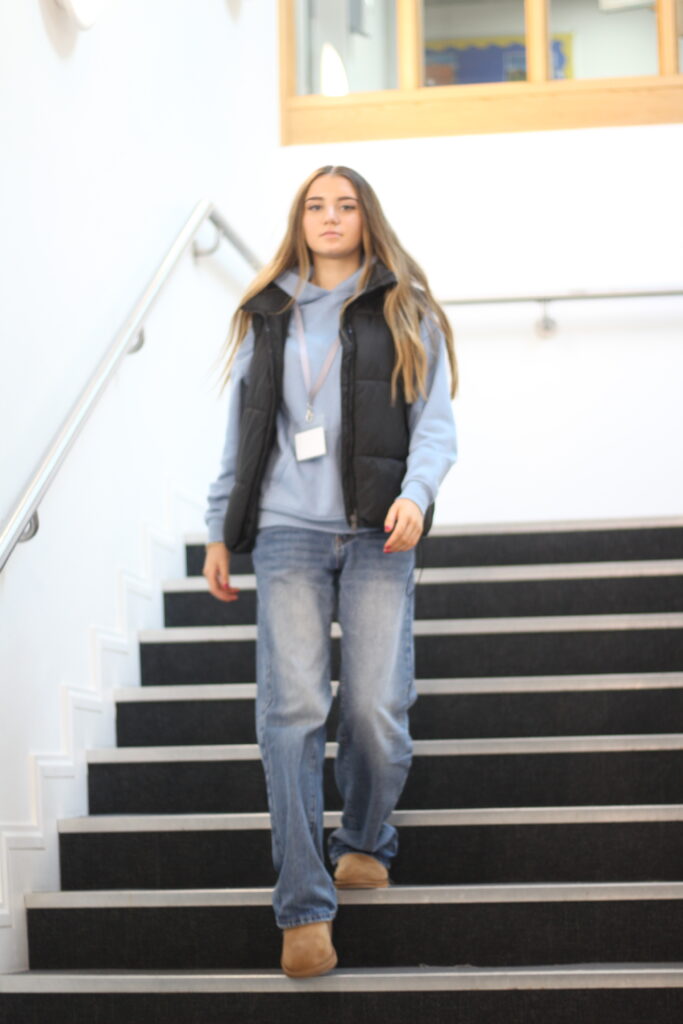
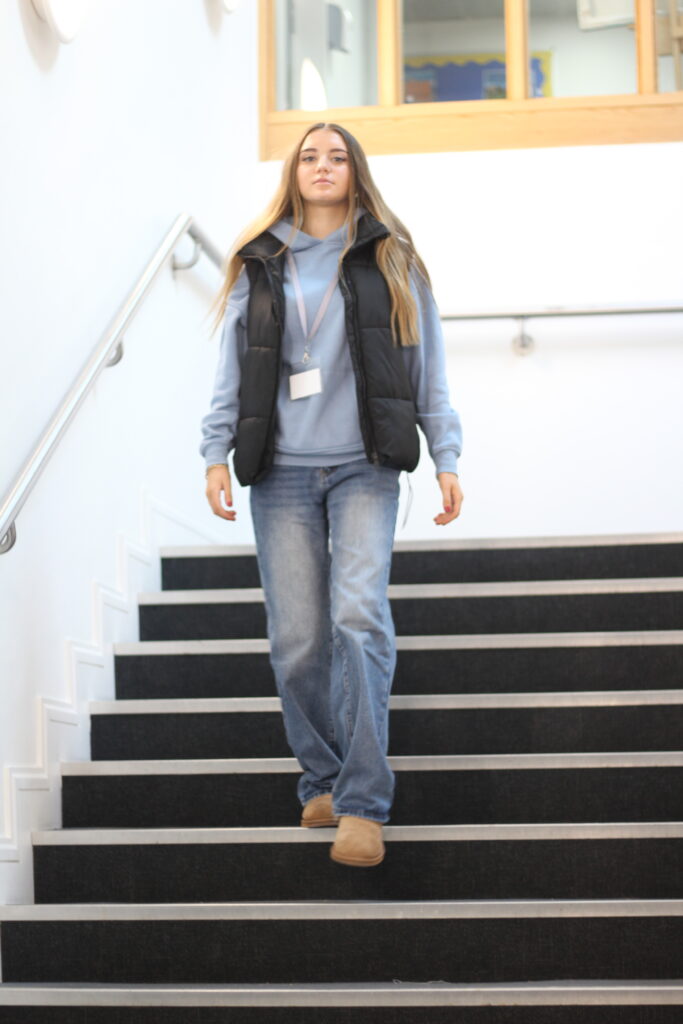
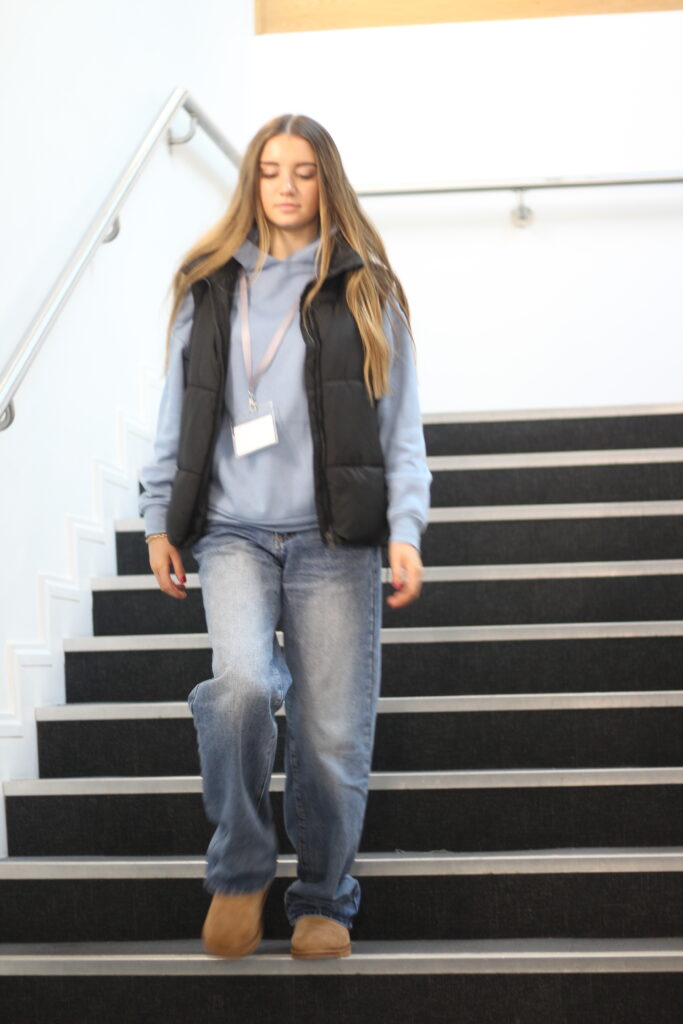
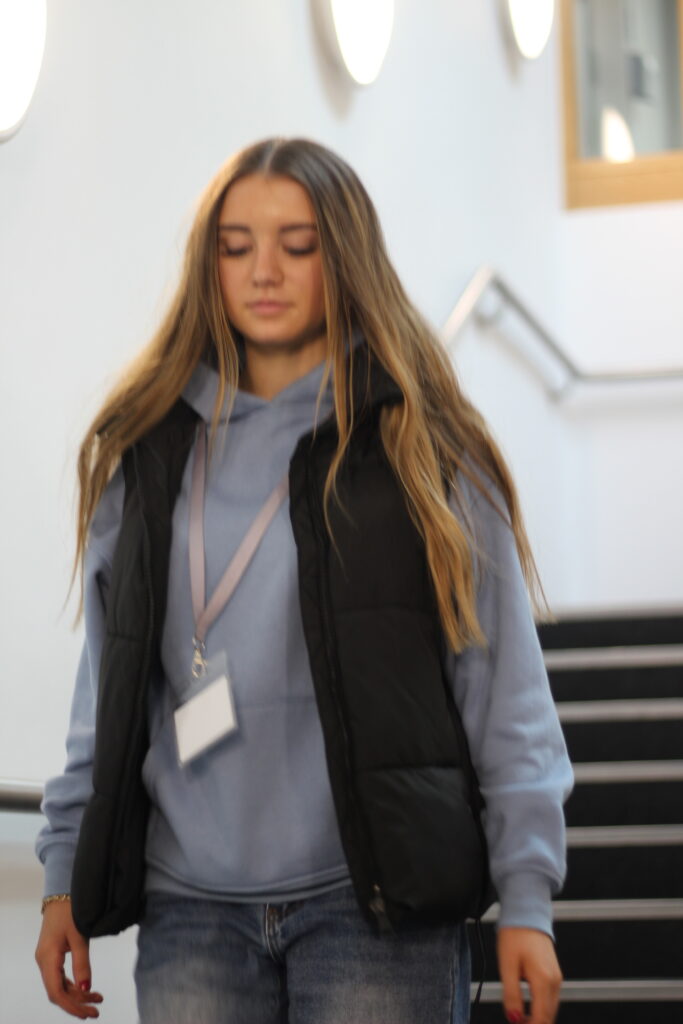
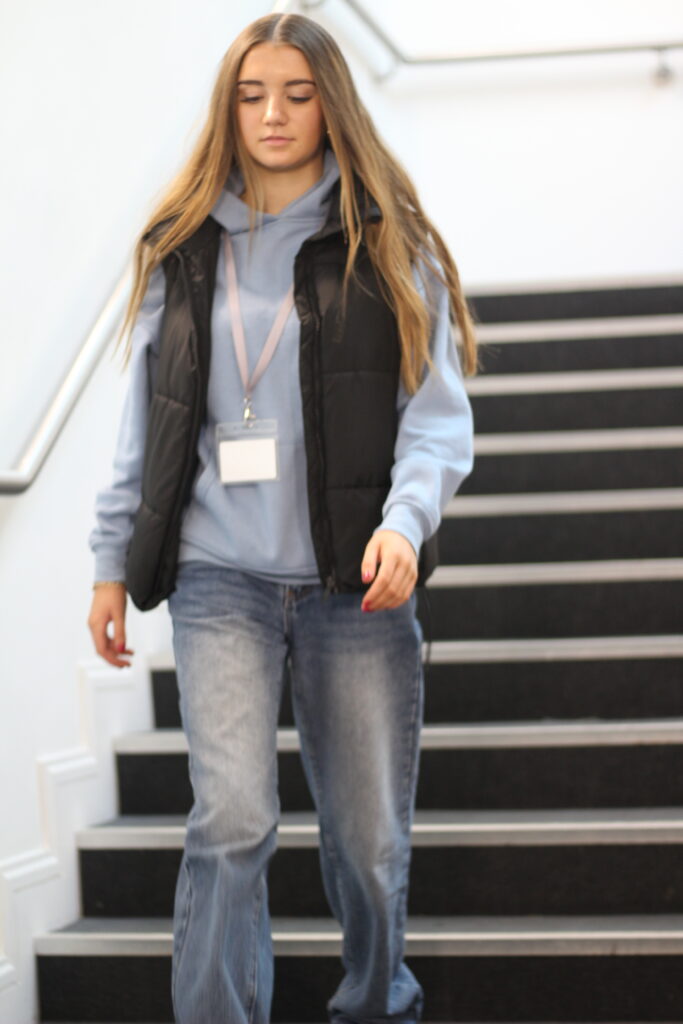
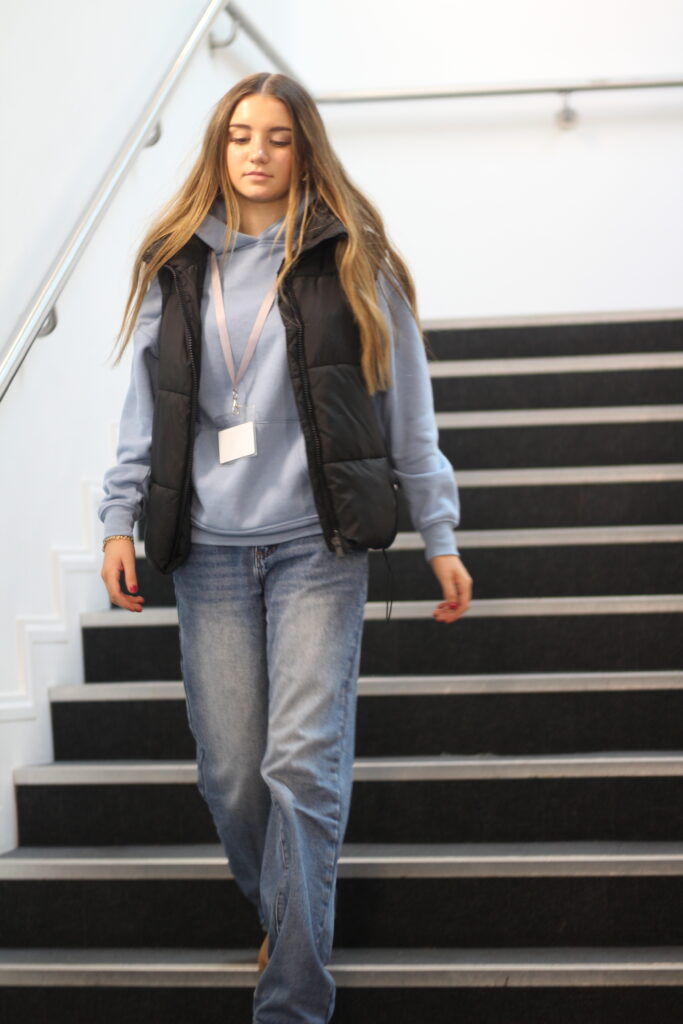
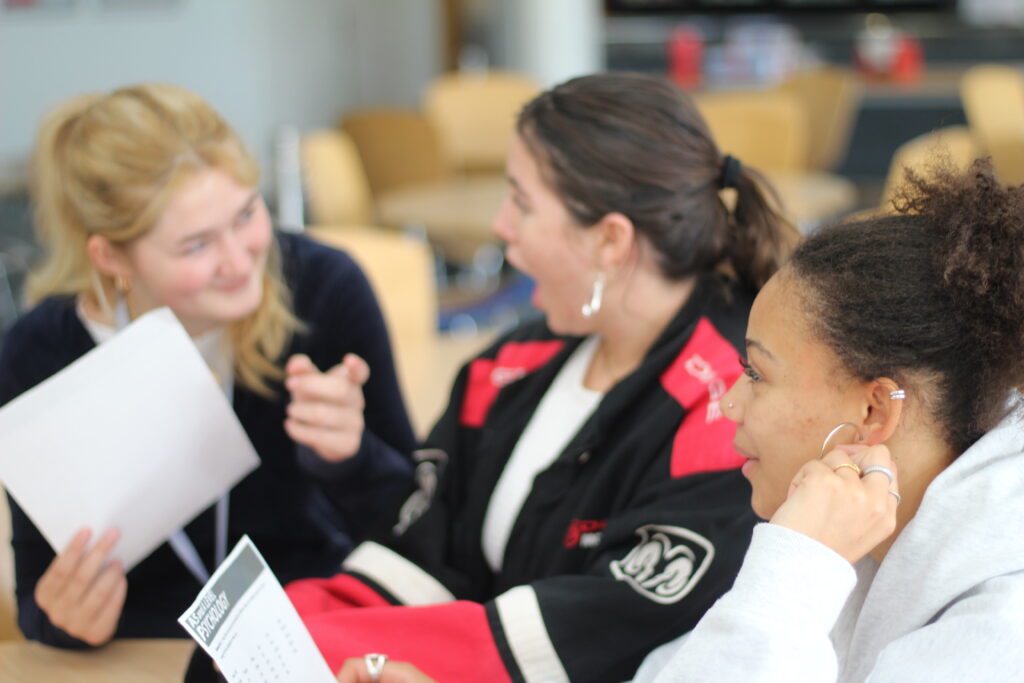
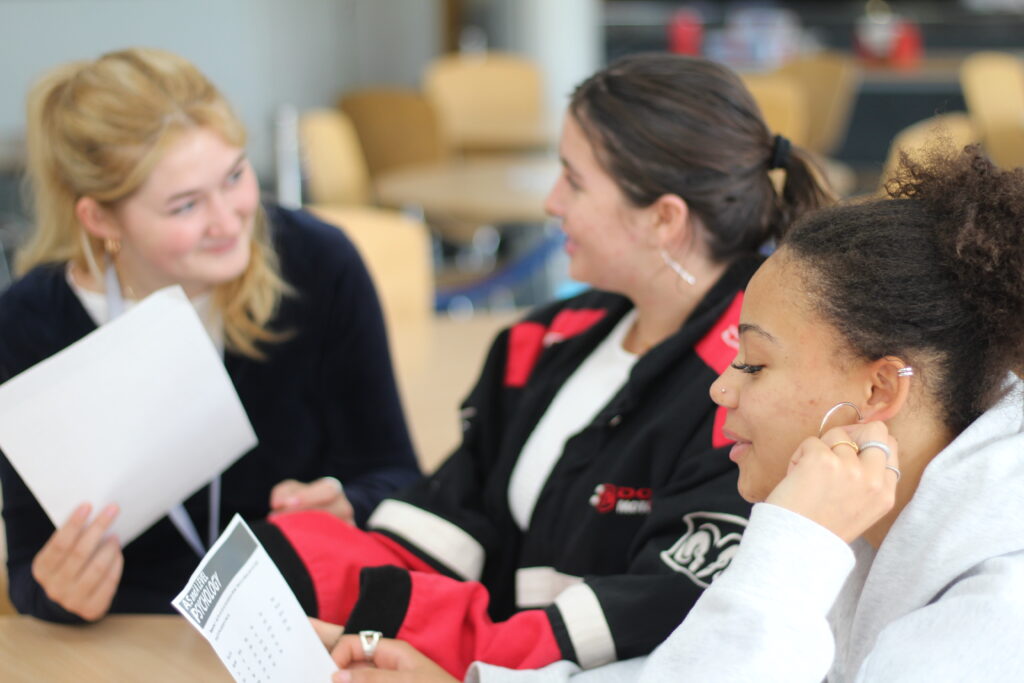
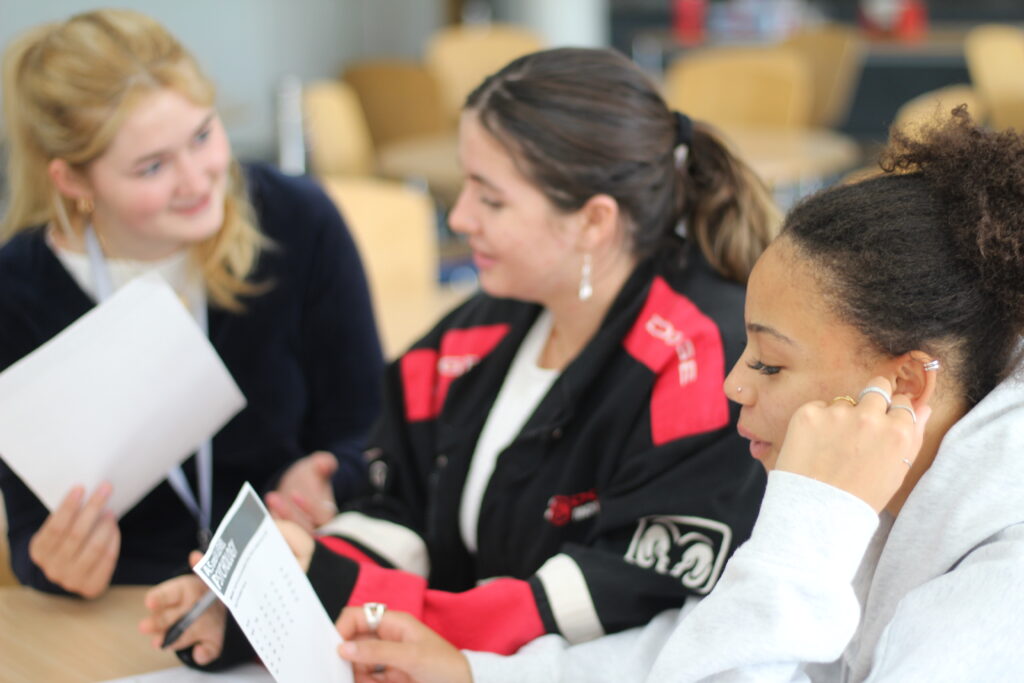
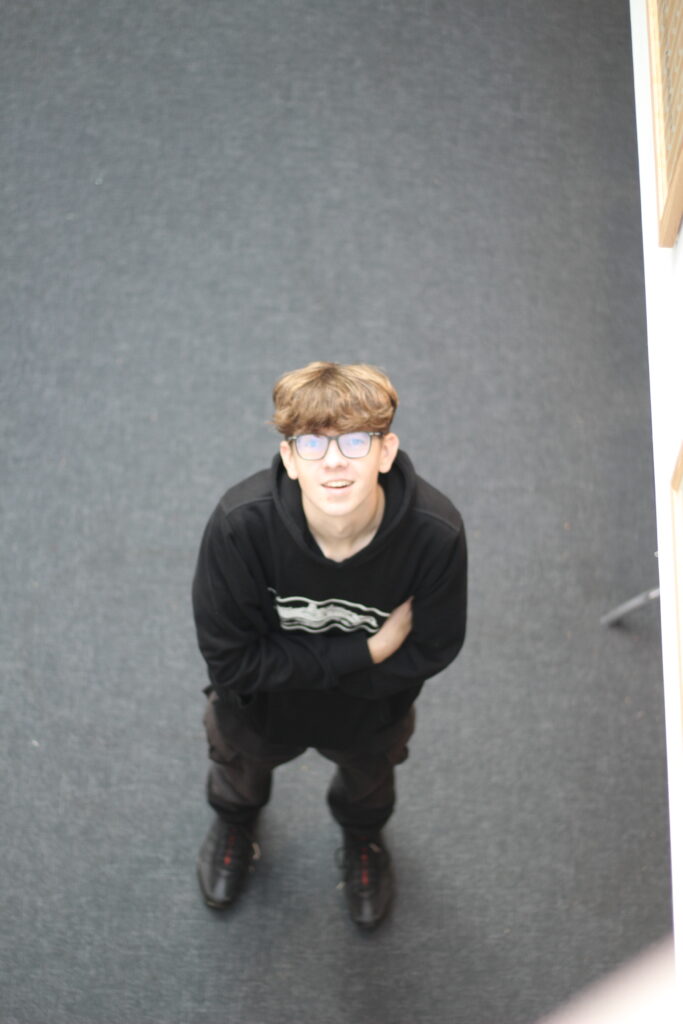
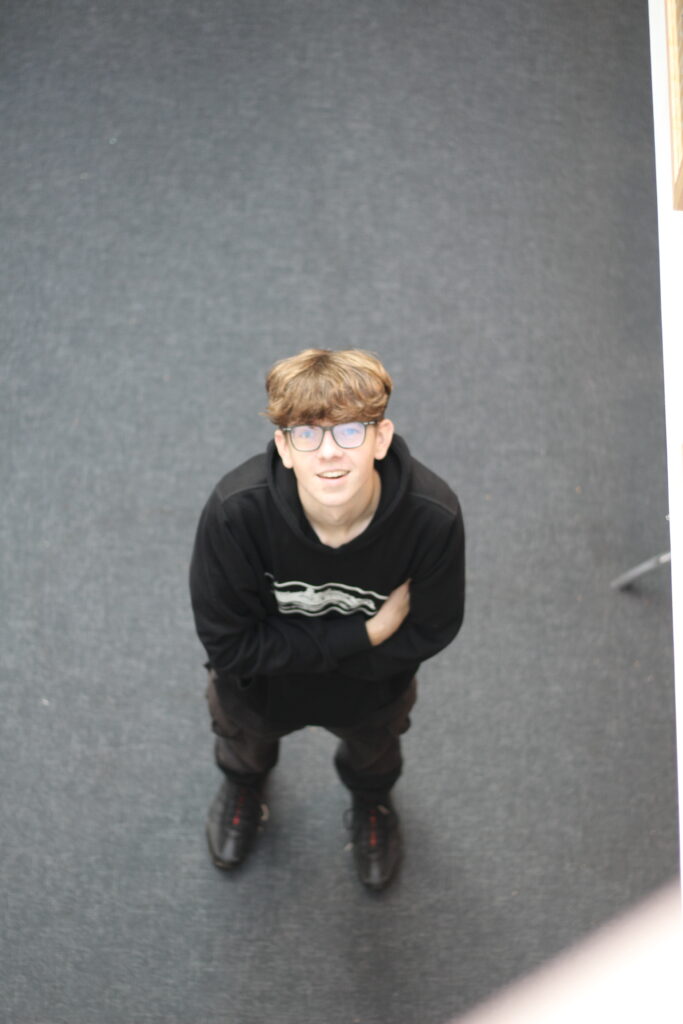
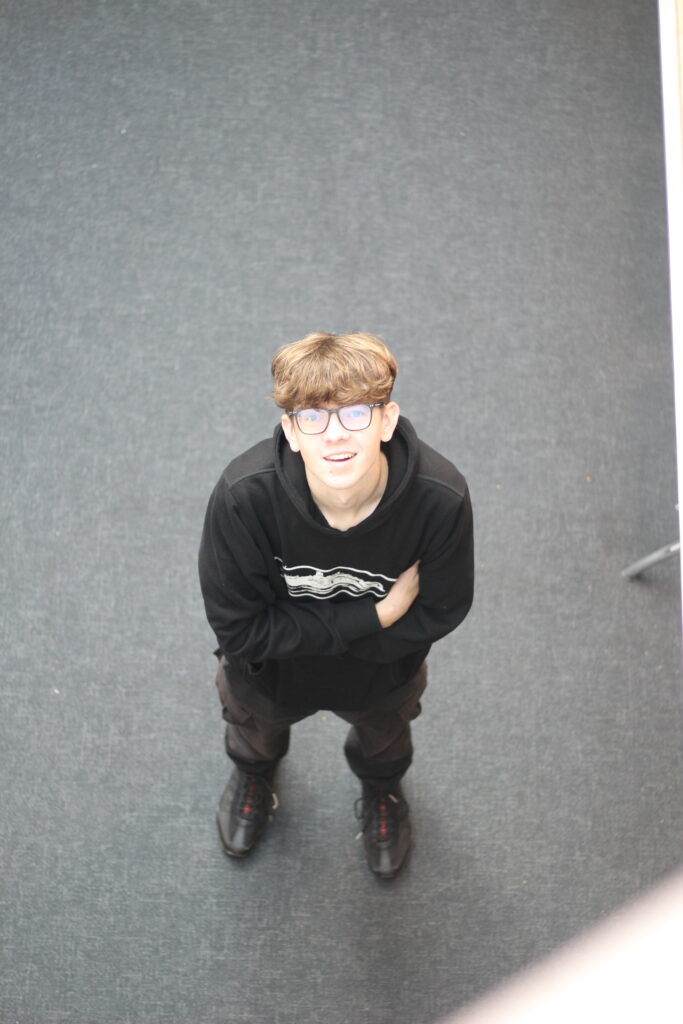
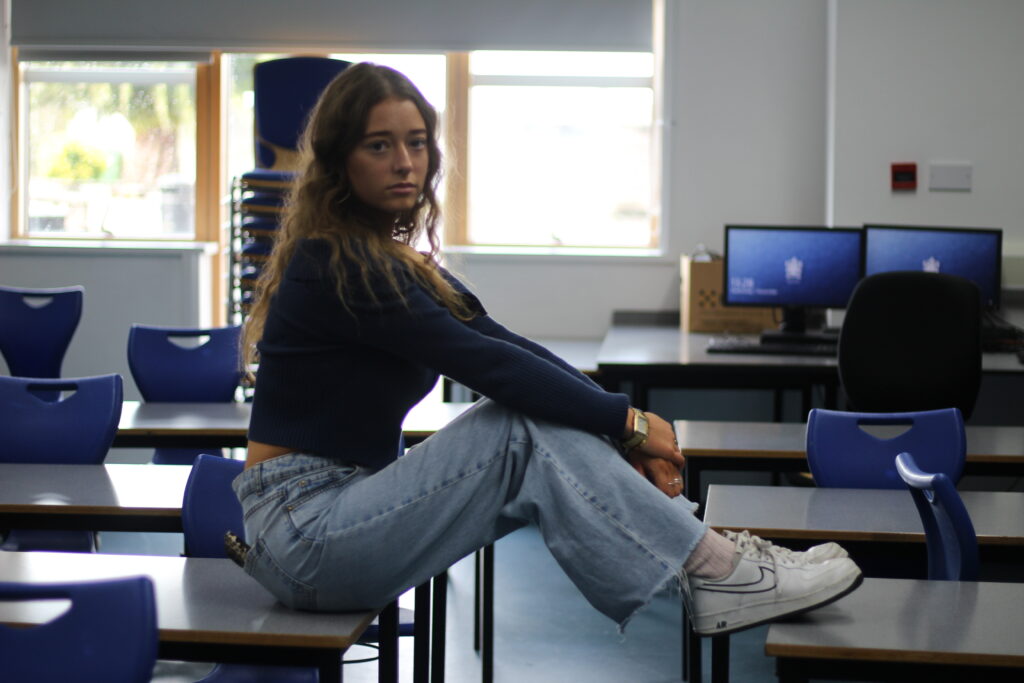
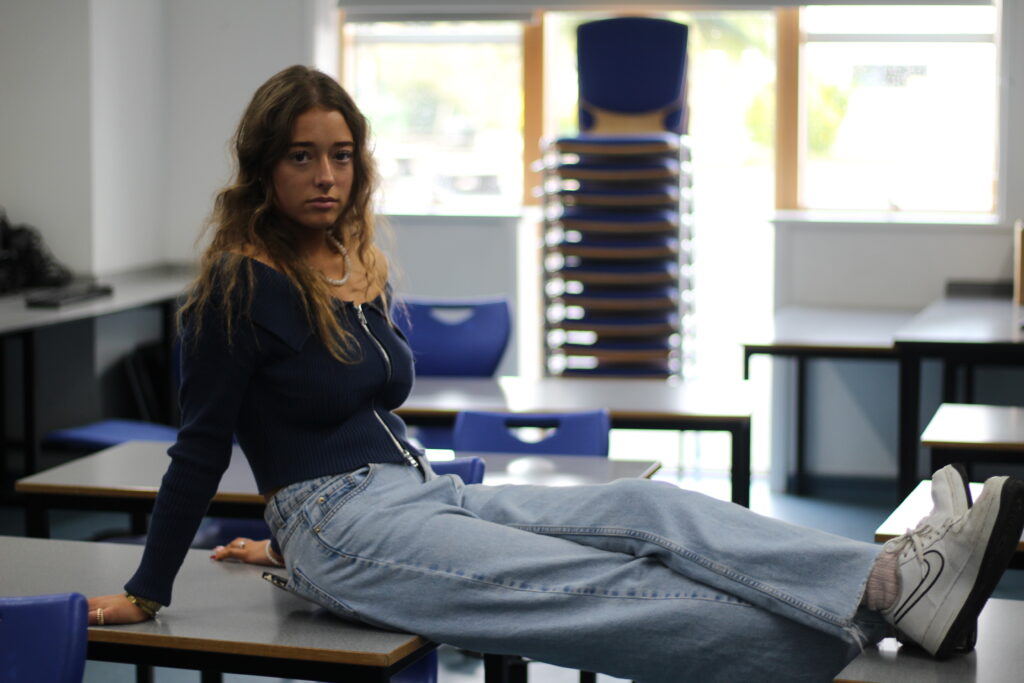
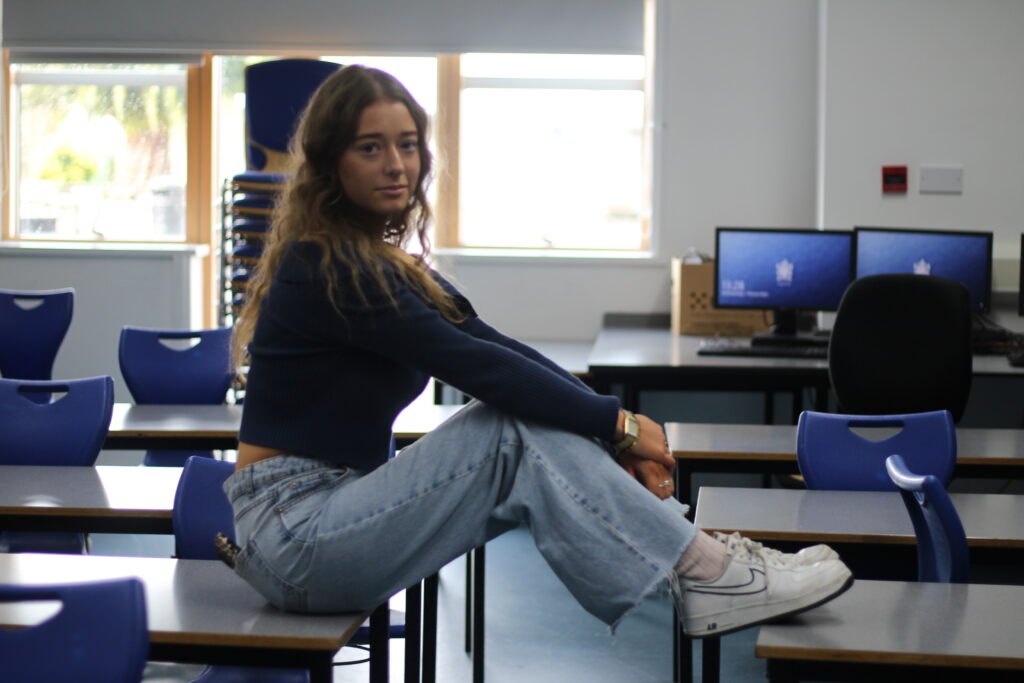
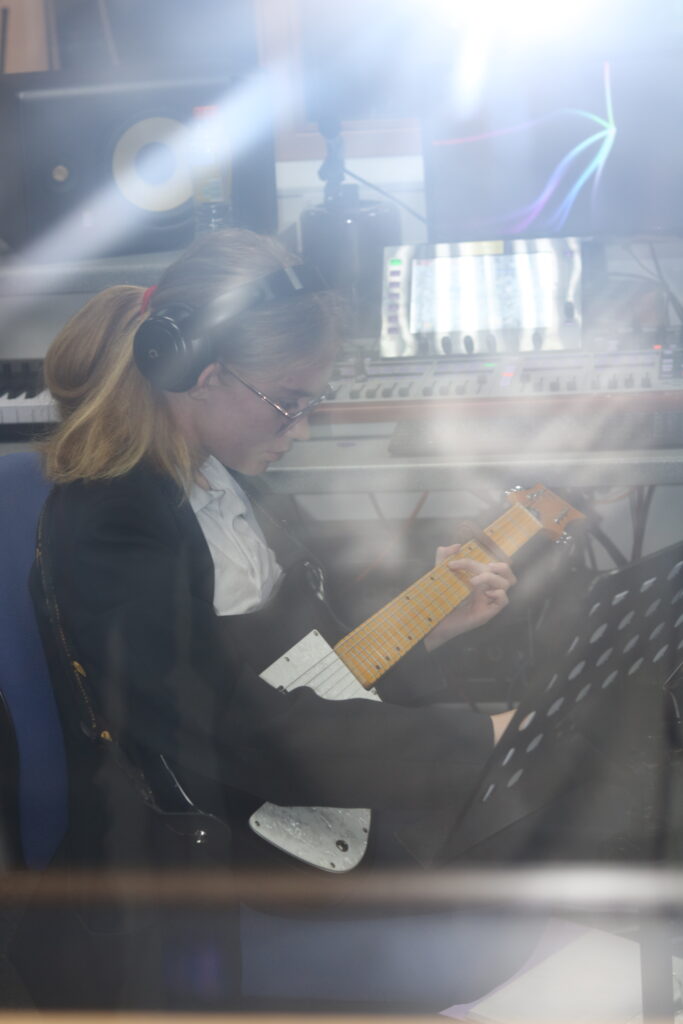
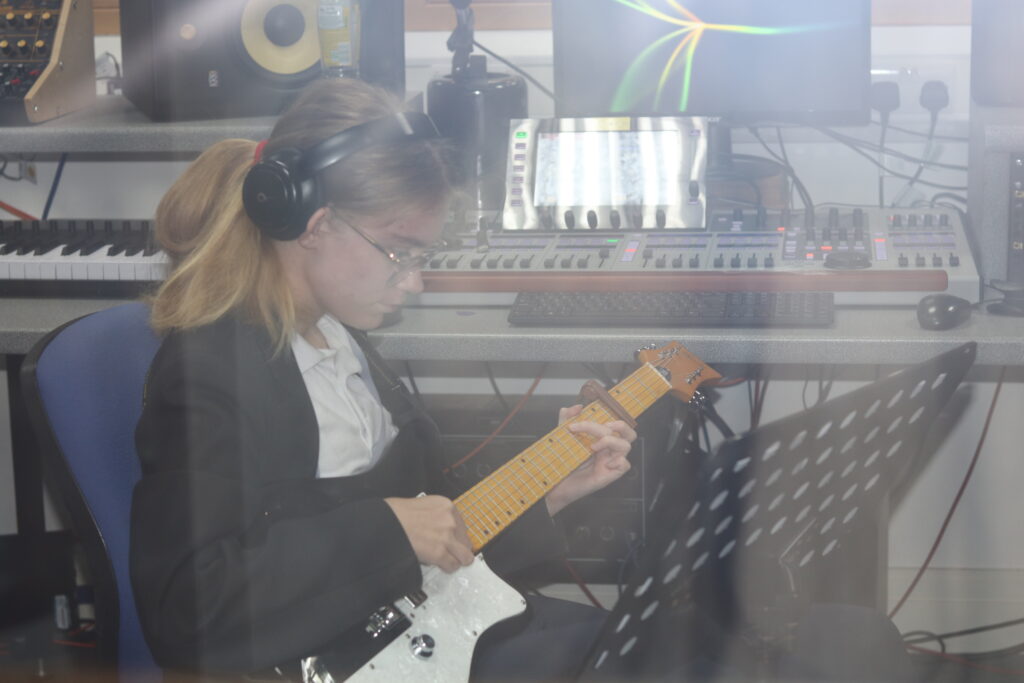
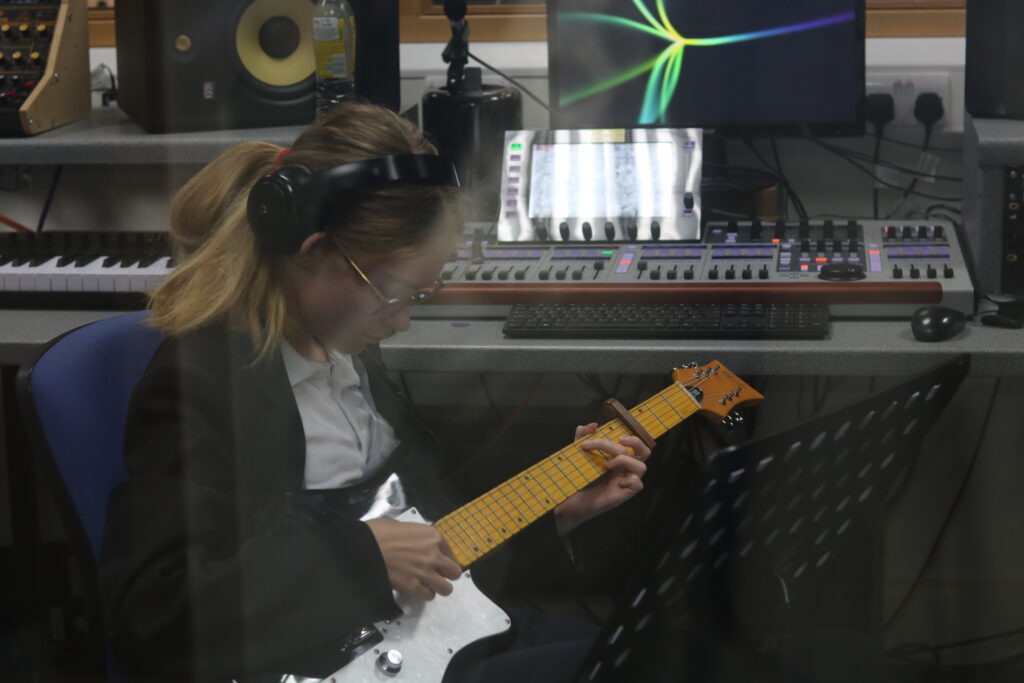
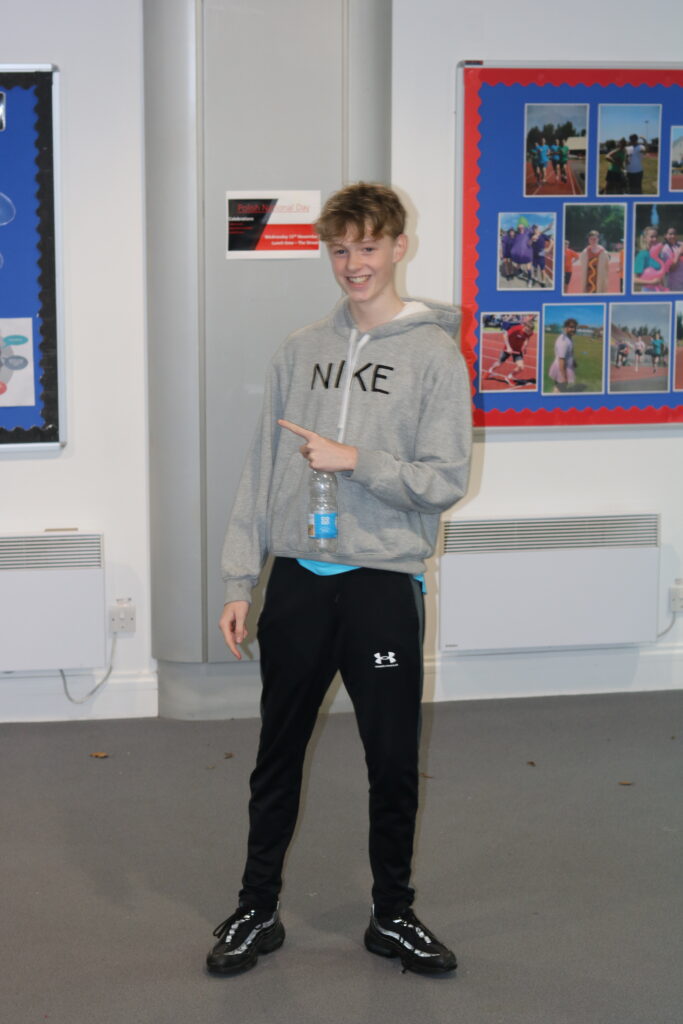
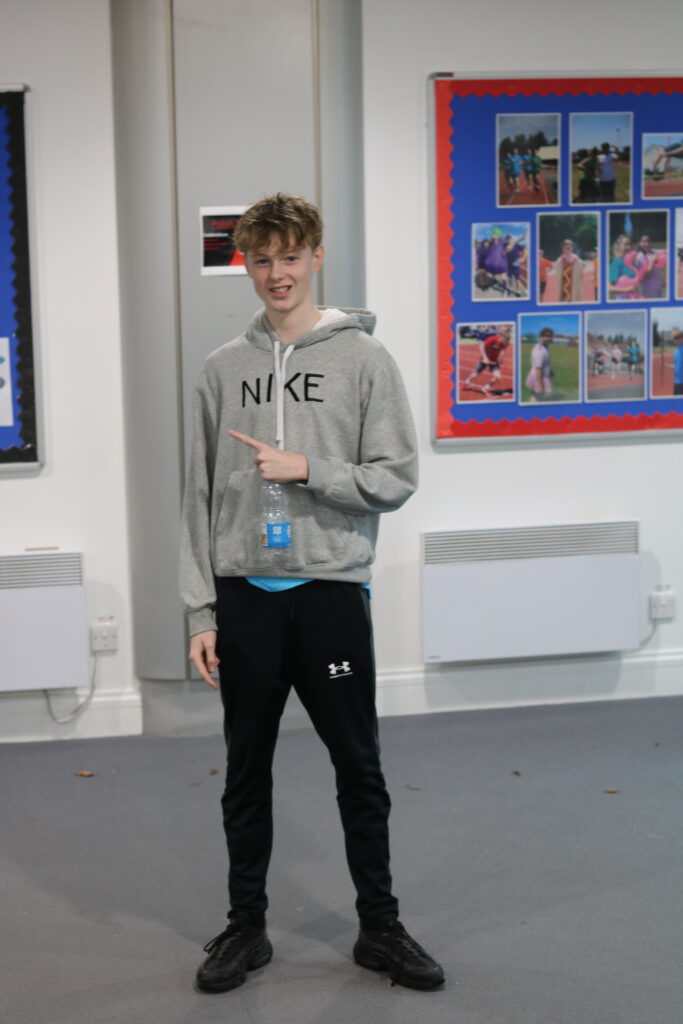
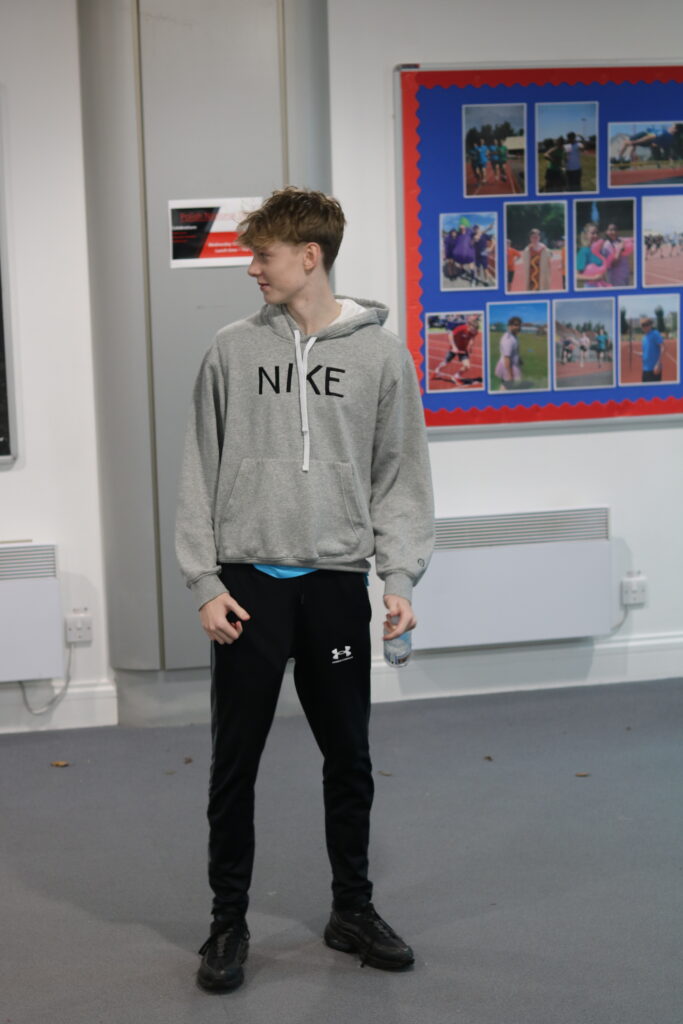
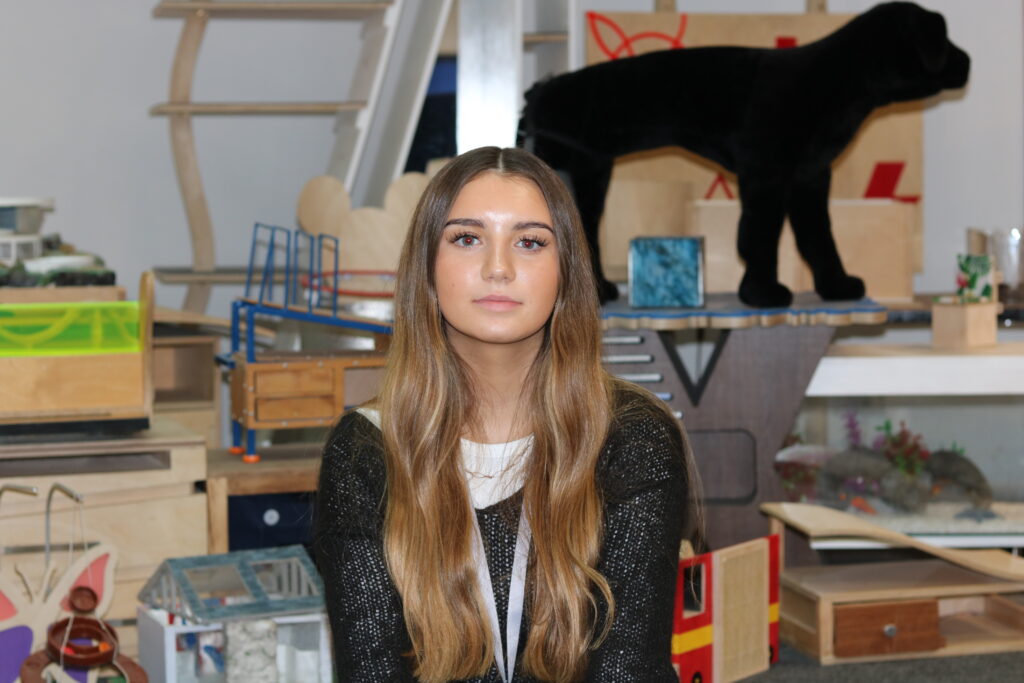
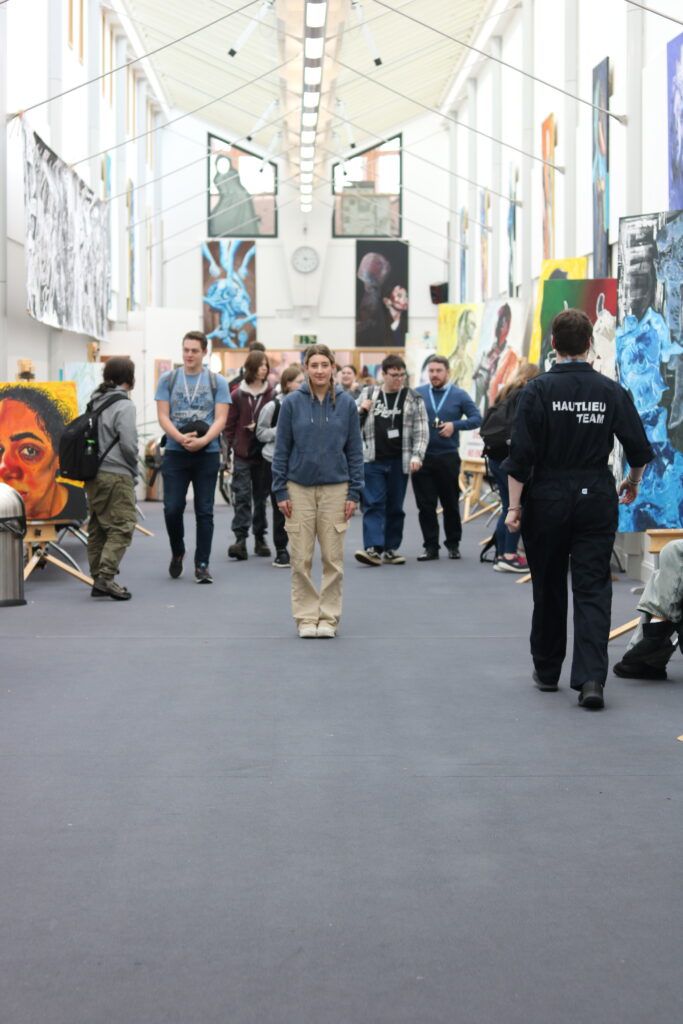
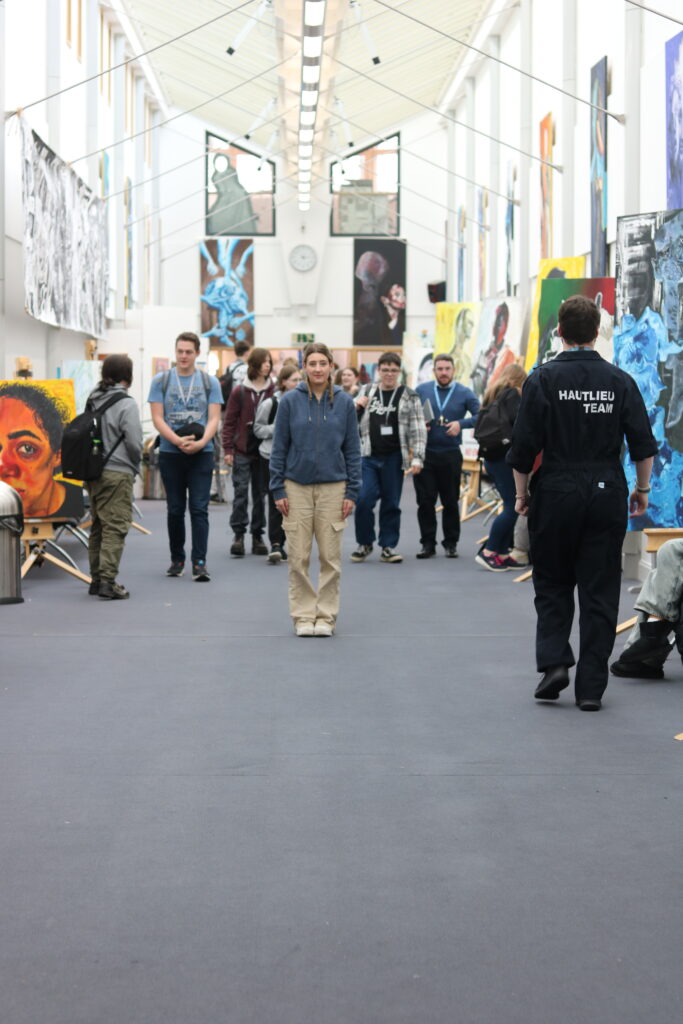
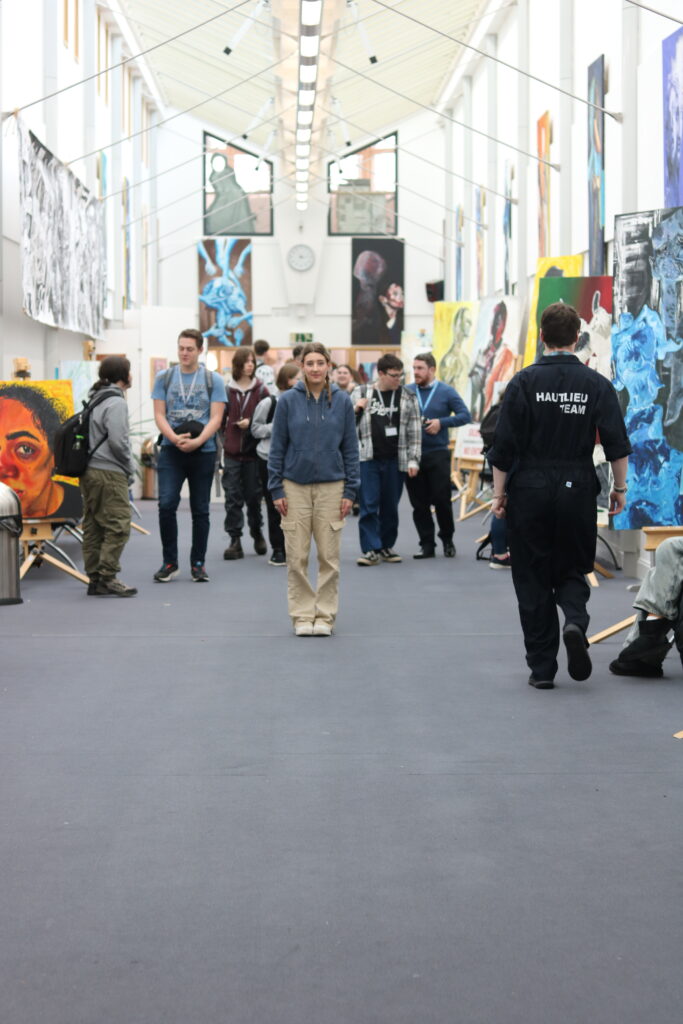

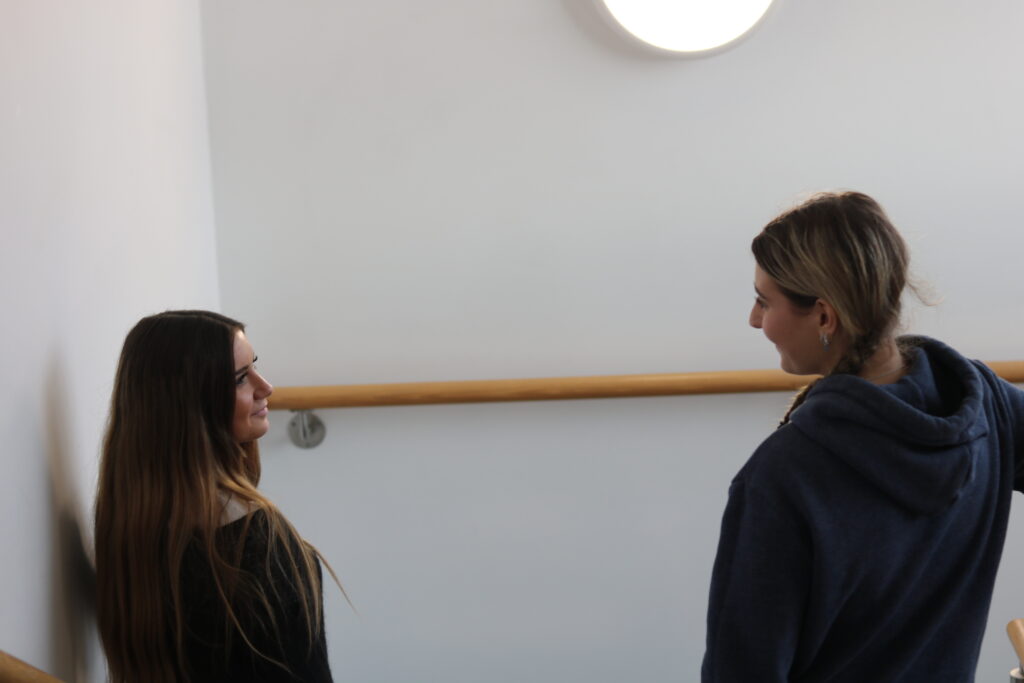
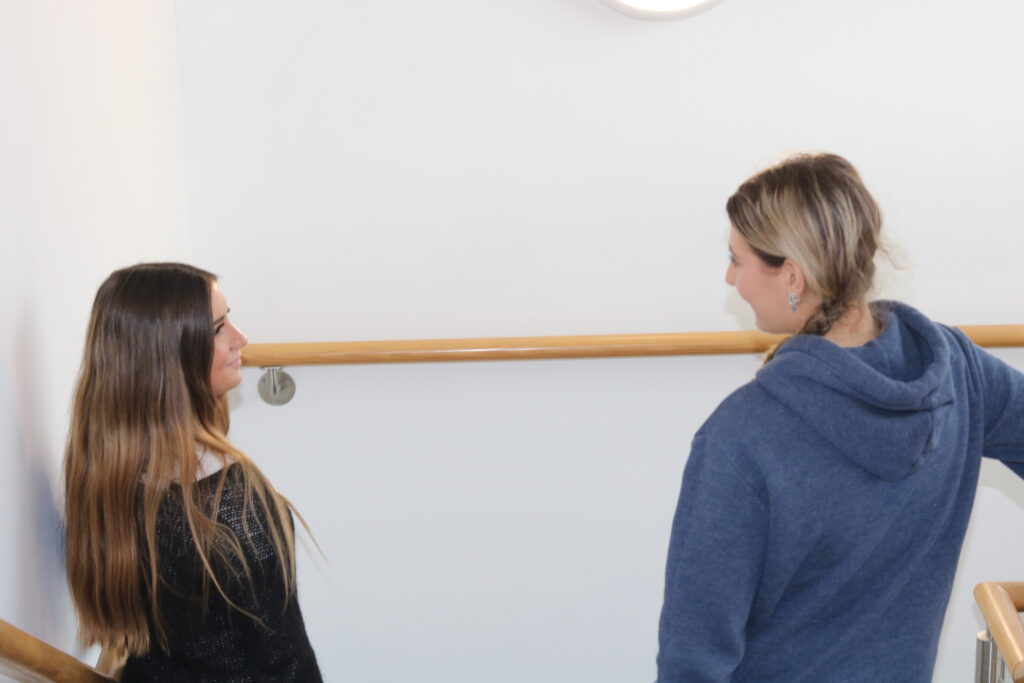
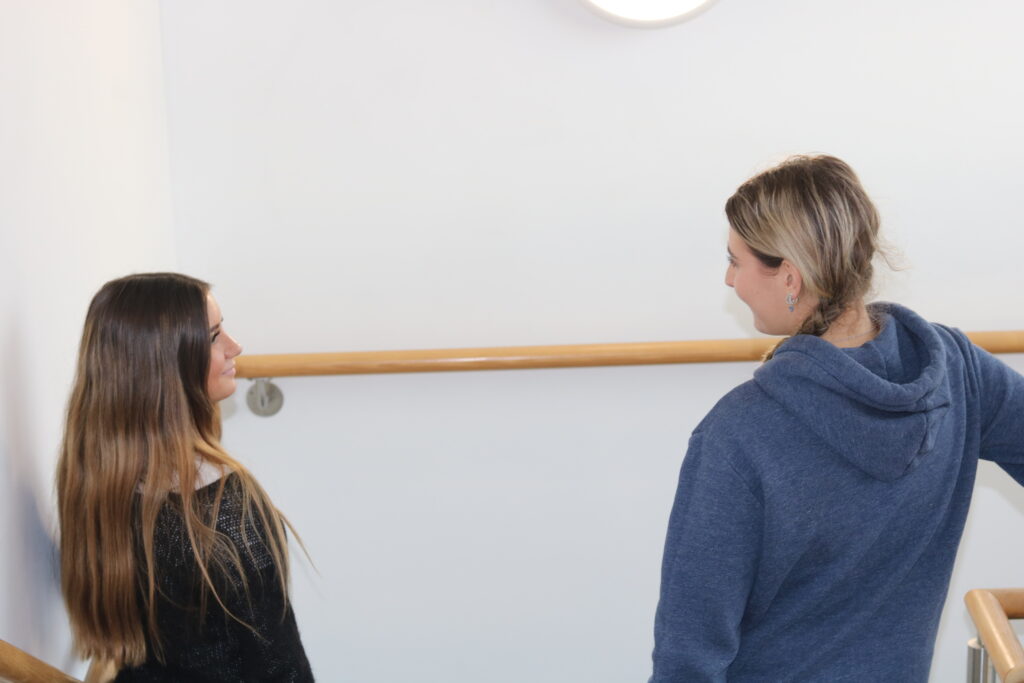
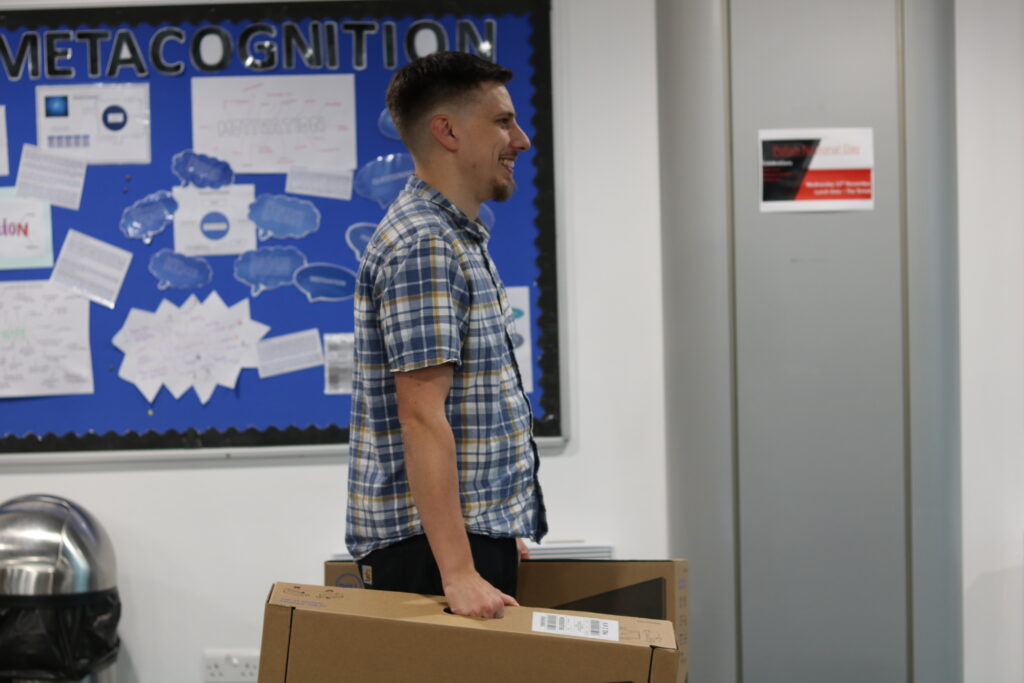
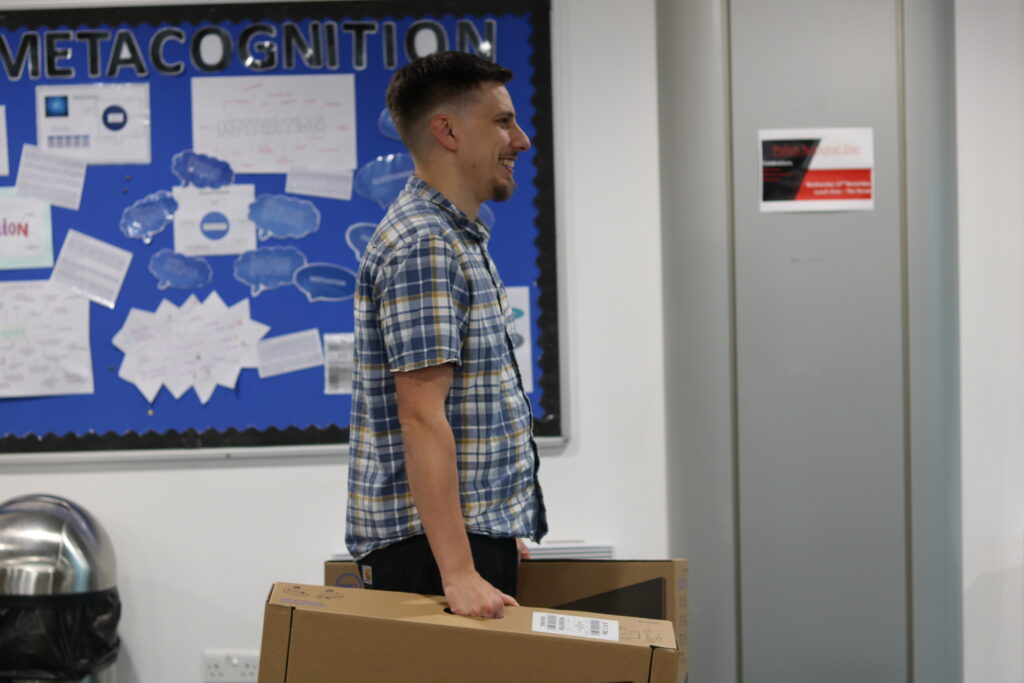
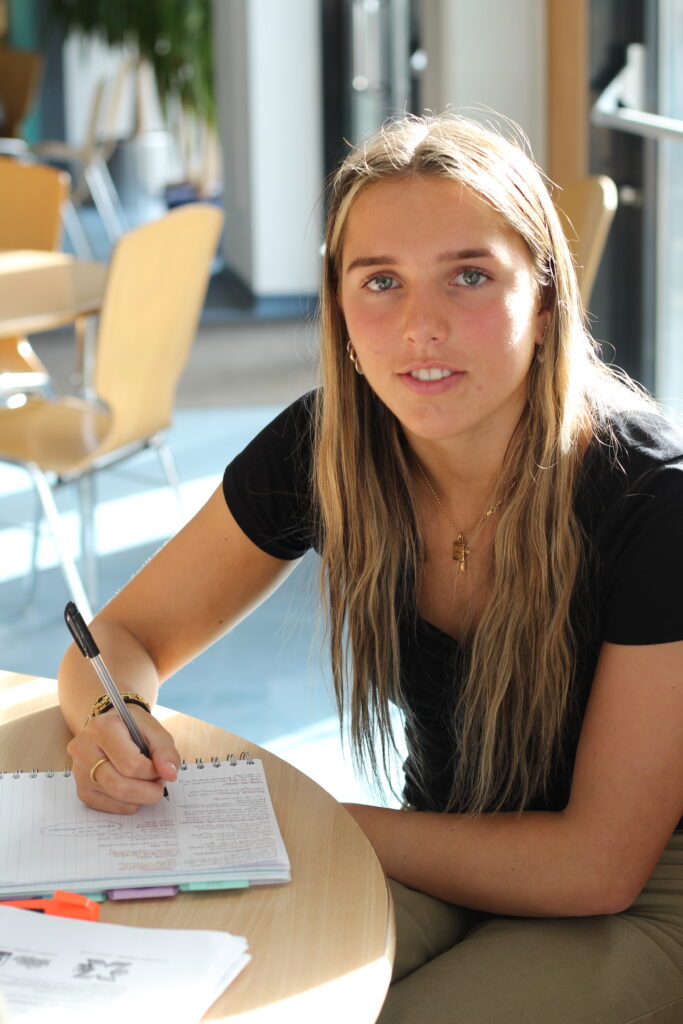
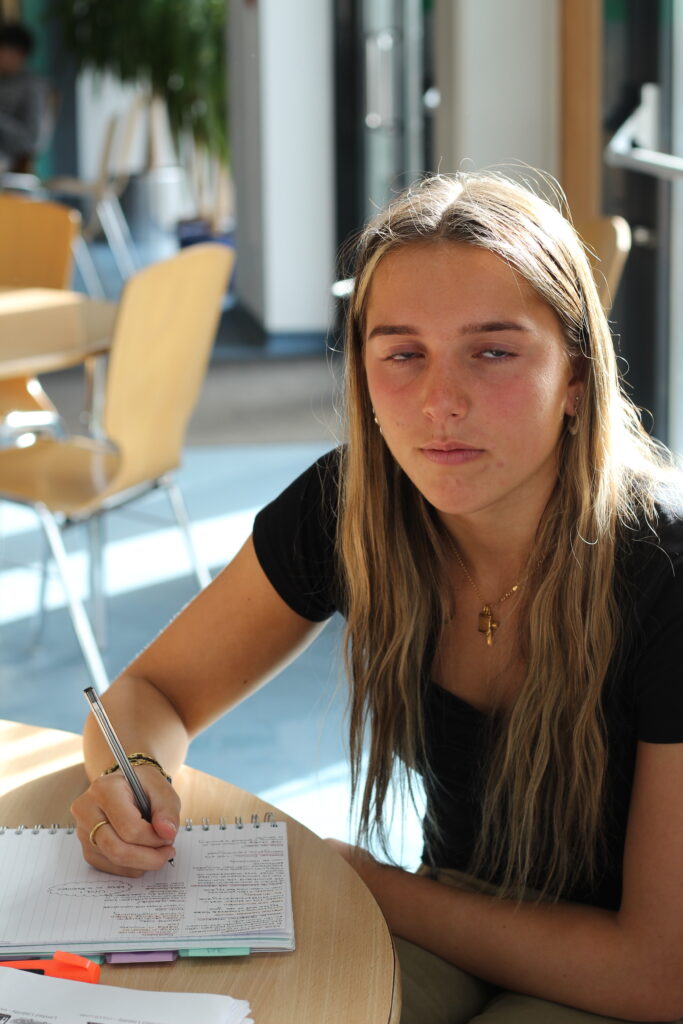
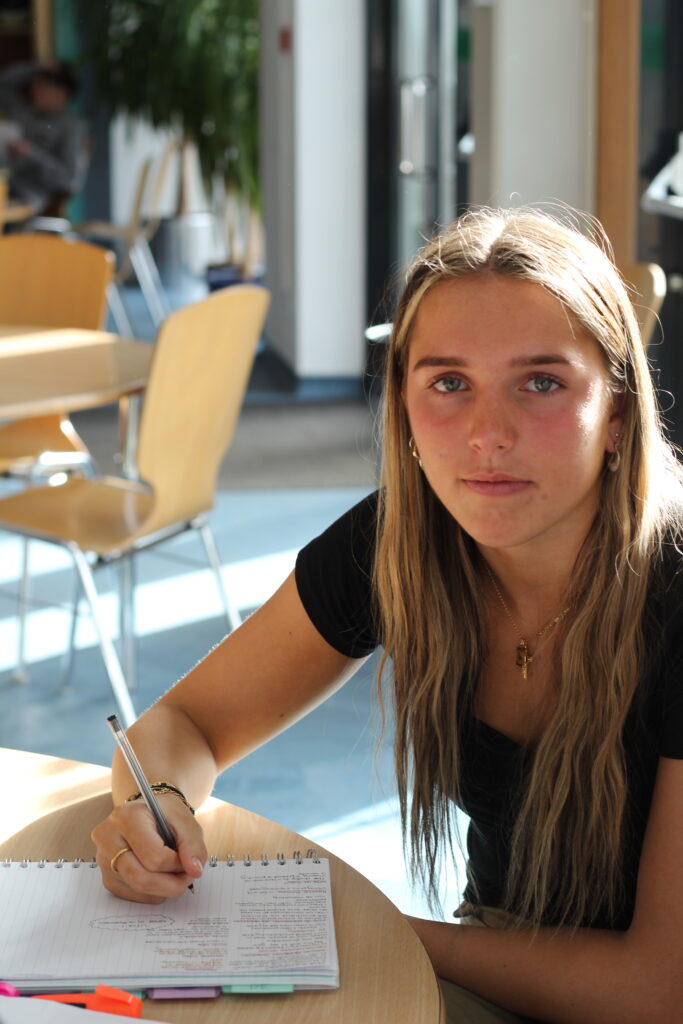
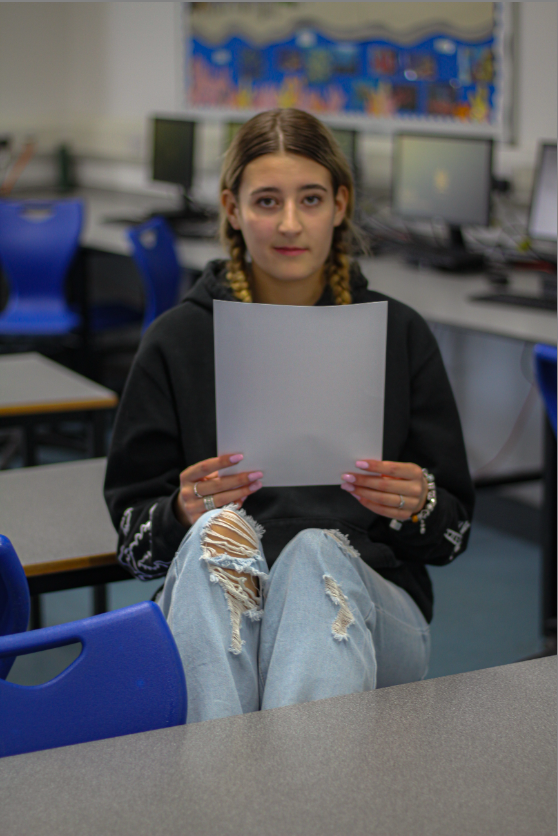
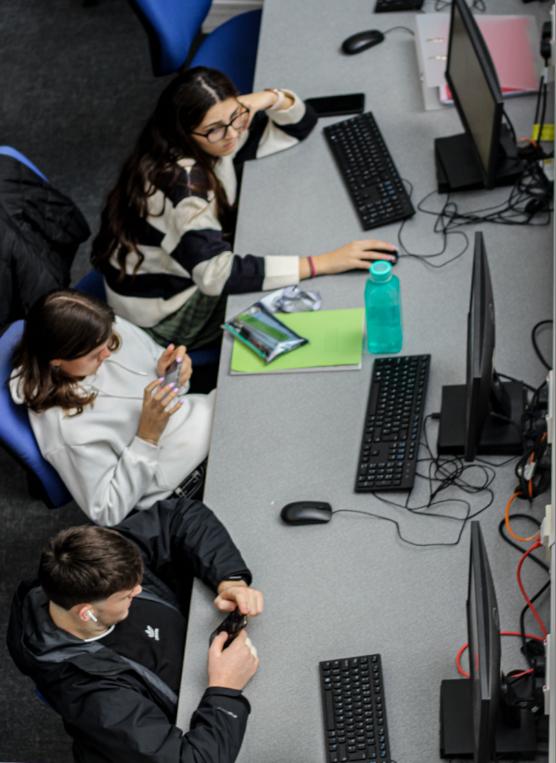
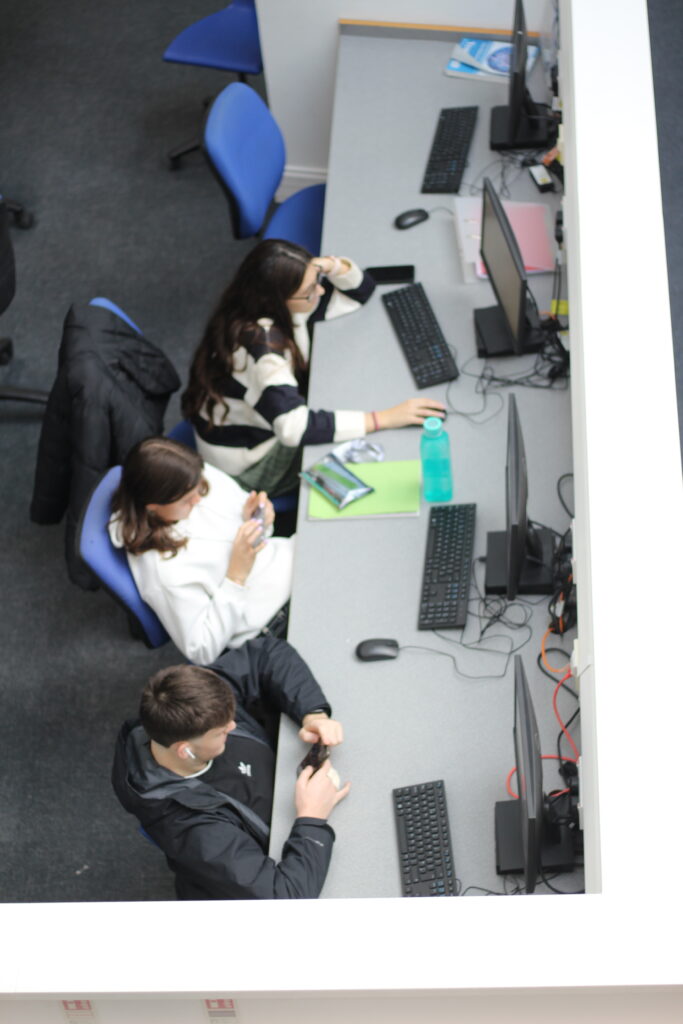
Biography :
August Sander (17 November 1876 – 20 April 1964) was a German portrait and documentary photographer. Sander was born on November 17, 1876 in Herdorf. the son of a carpenter working in the mining industry. He had six siblings. While working at the local Herdorf iron-ore mine, Sander first learned about photography by assisting a photographer from Siegen who was also working for the mining company. With financial support from his uncle, he bought photographic equipment and set up his own darkroom.
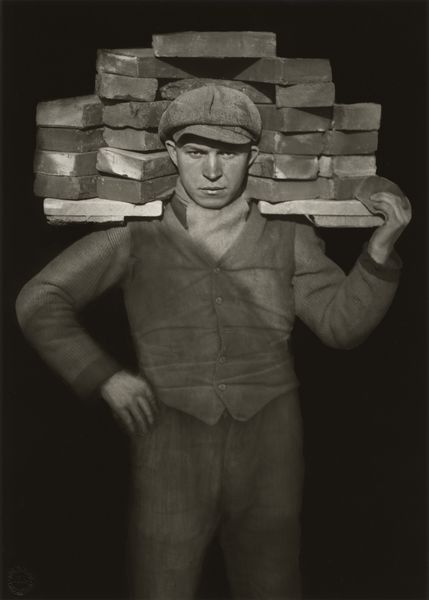
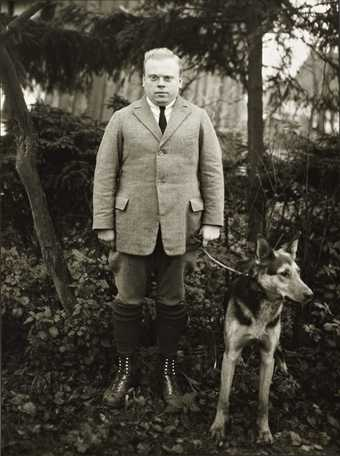
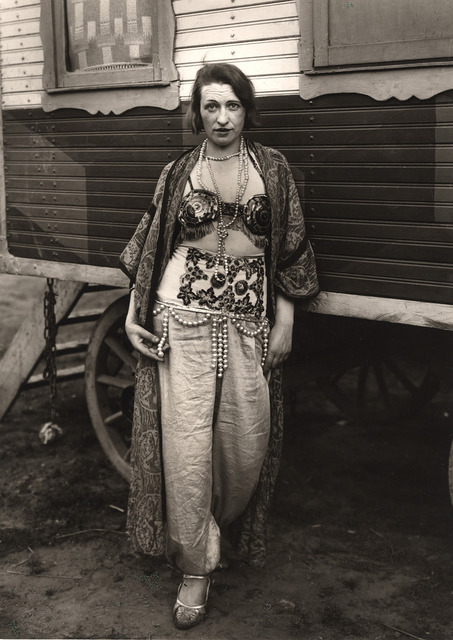
August Sandler’s’ work is very interesting he uses people in different environments and captures them in the moment creating images that have a true meaning and story behind them, in all of his photos the person he is photographing is always in the centre or just slightly off centred causing them to be the main focus of the images and catching peoples attention to think about what he truly is capturing.
An environmental portrait is a portrait executed in the subject’s usual environment, such as in their home or workplace, and typically illuminates the subject’s life and surroundings. The term is most frequently used of a genre of photography.
By photographing a person in their natural surroundings, it is thought that you will be able to better illuminate their character, and therefore portray the essence of their personality, rather than merely a likeness of their physical features. It is also thought that by photographing a person in their natural surroundings, the subject will be more at ease, and so be more conducive to expressing themselves, as opposed to in a studio, which can be a rather intimidating and artificial experience.
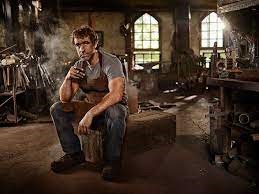
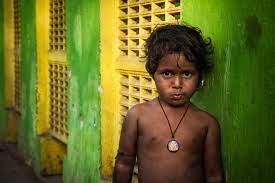
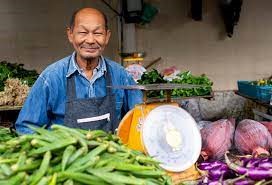
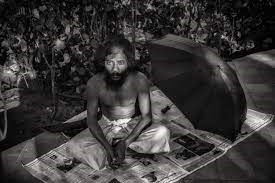
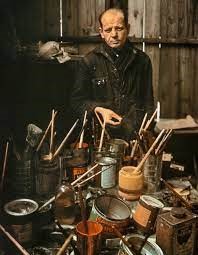
Analysis of environmental photographer Mary-Ellen Mark‘s work
Mary Ellen Mark was an American photographer who was known for her photojournalism, documentary photography, portraiture, and advertising photography. Her work documented the lives of marginalized people in the United States and other countries, her work also includes studies of severely ill women at Oregon State Mental Hospital, runaway teenagers in Seattle, Mother Teresa, circuses, and brothels in Bombay. She took photos of these people to show their contribution to society and her own interest in them.
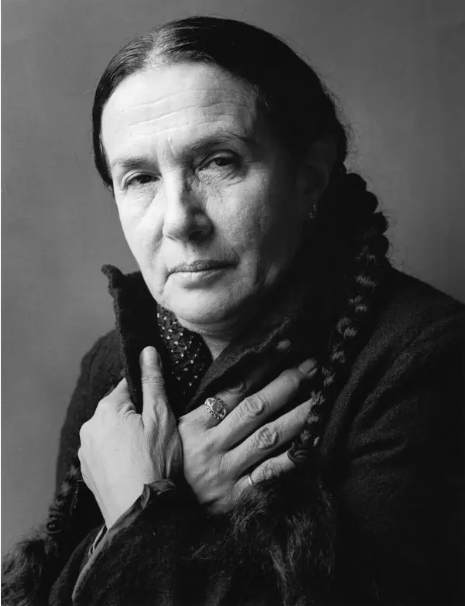
Marginalized people are people who have been historically disempowered and oppressed by influential and discriminatory groups. These people are usually women, people with disabilities, people of colour, LGBTQ+ folks, Indigenous peoples, people of a lower socio-economic status and many more.
I’d rather pull up things from another culture that are universal that we can all relate to.
– Mary-Ellen Mark
She says that the style of her work is somewhat in between a documentary and portrait photography and prefers to use black-and-white film, “for the immediacy and abstraction of it.” However she did occasionally use colour. Her primary tools that she used to take her photographs were plastic, pinhole, and vintage film cameras as her primary tools.
In the mid or late 1960s, Mark had also taken photographs of several important events and places including Times Square, the women’s liberation movement, and the Vietnam War demonstrations.
She was inspired by photography and film when she had first looked through a lens, as well as being inspired by two men named Henri Cartier-Bresson (A French artist and humanist photographer considered a master of candid photography) and Irving Penn (An American photographer known for his fashion photography, portraits, and still life). They had inspired her to take photographs of people that she refers to as “infamous”.
Below are examples of Mark’s environmental portraits;
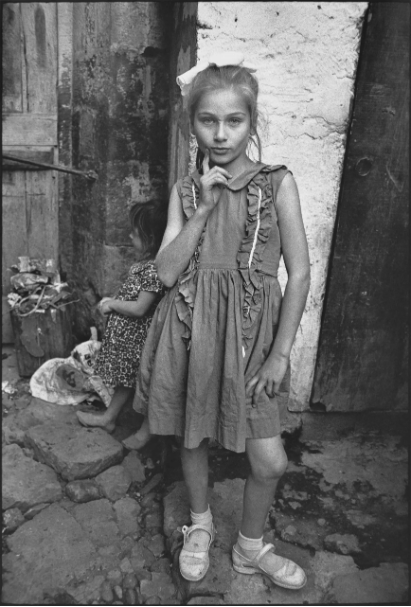
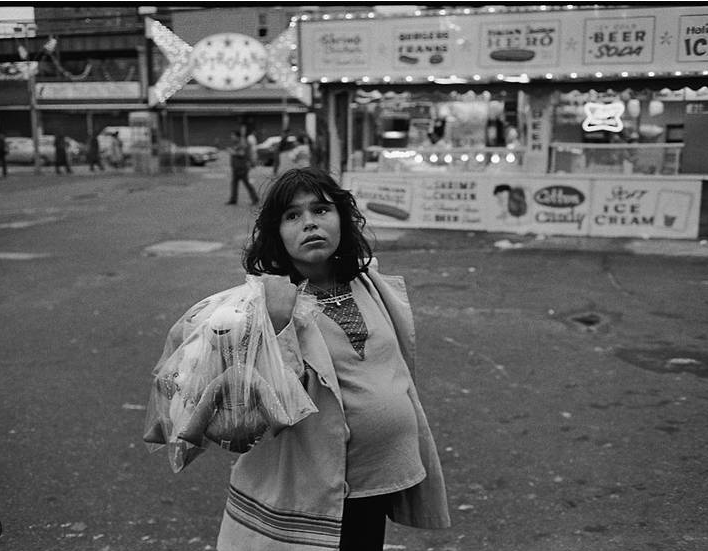
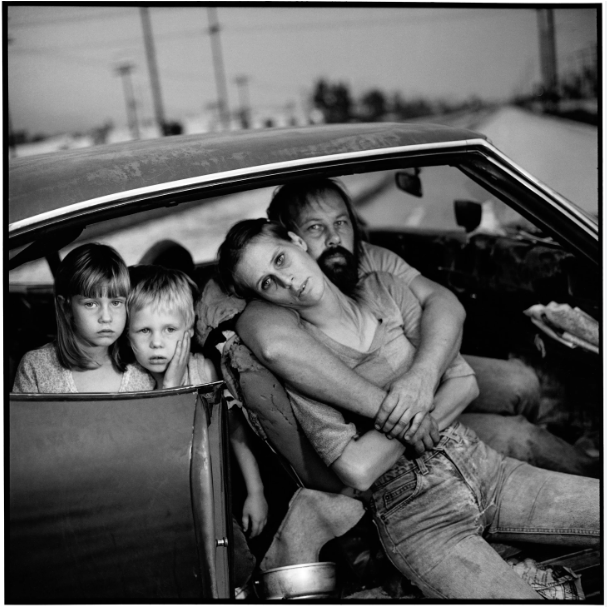
In this photo we can see a family sitting in a car. Their miserable, upsetting expressions can suggest that they aren’t living a nice life and are maybe outcasts or living in poverty.
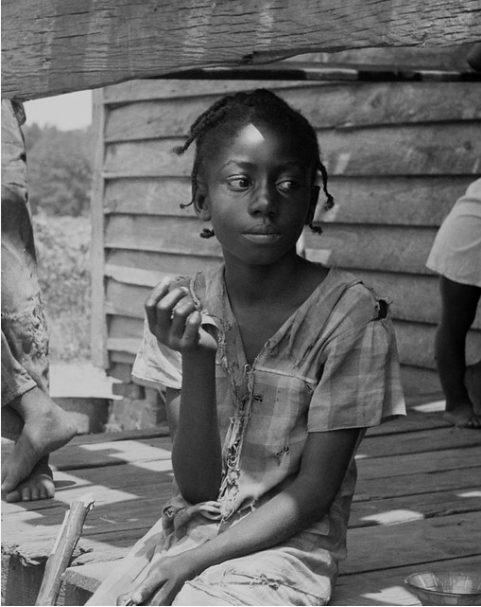
In this image we can see a young girl in dirty and torn clothing, and other people standing on what seems like a table with also torn clothing, which can suggest that she comes from a poor background. Her pose expresses that she could be feeling uncomfortable or shy or afraid, her eyes can also suggest that she’s uncomfortable because she isn’t looking at the camera directly.
Her surroundings can suggest that she’s living in a poor environment because of the broken table, she could also come from quite a chaotic background too because of the people that are standing on the tables
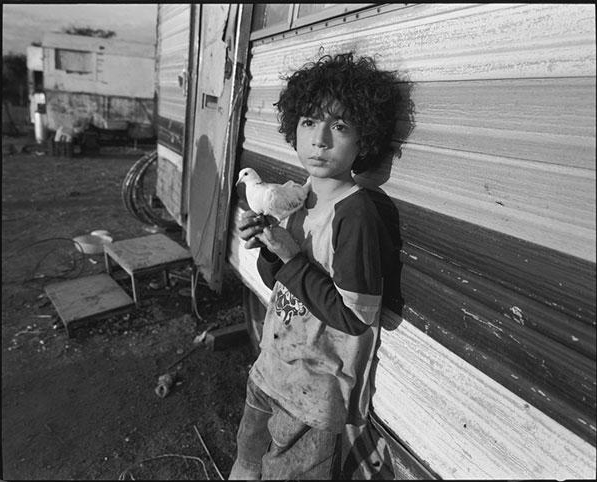
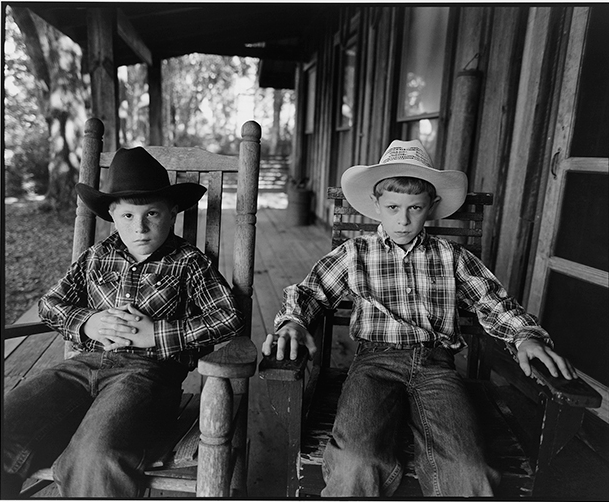
Interpretation
In these few examples of Mary-Ellen Mark’s work, we can see a variety of marginalized people who have been photographed in their natural environments. Each of these photographs tell a bit about the background of the subjects by using their surroundings, clothing, facial expressions and their poses.
The majority of the subject’s faces have a blank or melancholy expression and in some of the pictures the subjects don’t even look directly into the camera which can suggest that they are ashamed and/or upset by their living conditions as well as how they are being treated by society.
Mark has wisely used a variety of different angles in her photographs, instead of having the camera face straight on, this makes the images have more life and keeping the camera further away from the subjects shows us more background which give us a better image of what the subject’s environment is like.
The use of black and white films further adds to the sad, melancholy mood that we can see on the majority of the subject’s faces as well as their poses. Most of them have a more cowardly or afraid pose which adds to their sadness.
Where will I take my photos and why did I pick this location?
For this shoot I have chosen to use someone close to me as I think this allows me a good chance of capturing them well. I have chosen to ask my father to model for this shoot. I have thought about how I would like to capture him and while there are many options I have chosen to take photos of him at work as this is something that is important to him and describes him well. By choosing to follow the most used type of environmental portraiture I will have to make sure I follow the rest for the style well, this includes me making sure the subject is centred and testing if the rule of thirds work for the particular shot.
How will I take my photos in the style of environmental portraits?
To ensure I have followed the classic style of environmental portraiture, I will use an eyelevel angle keeping the camera in Tv settings or full manual to allow me to adjust the lighting within a shot depending on how much natural lighting is available. I will also look to make sure the model is the subject of the photo using the rule of thirds to look at the shot to then cut down on post production editing as it will be a well executed shot in the first place.
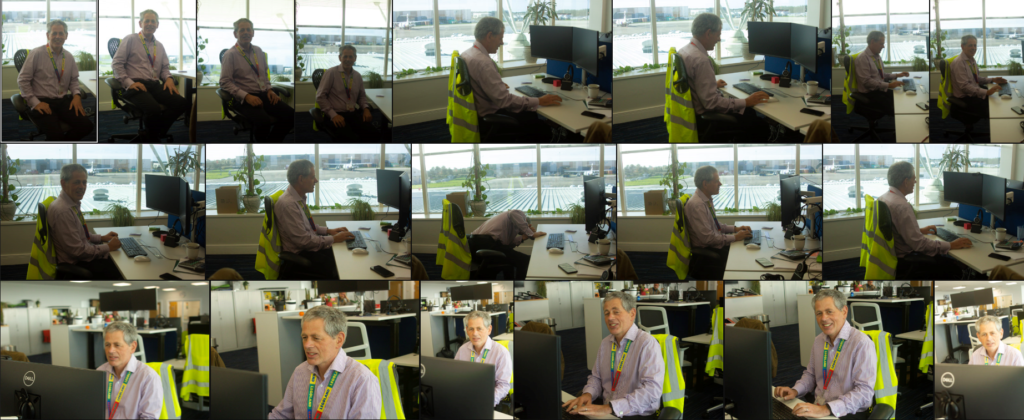
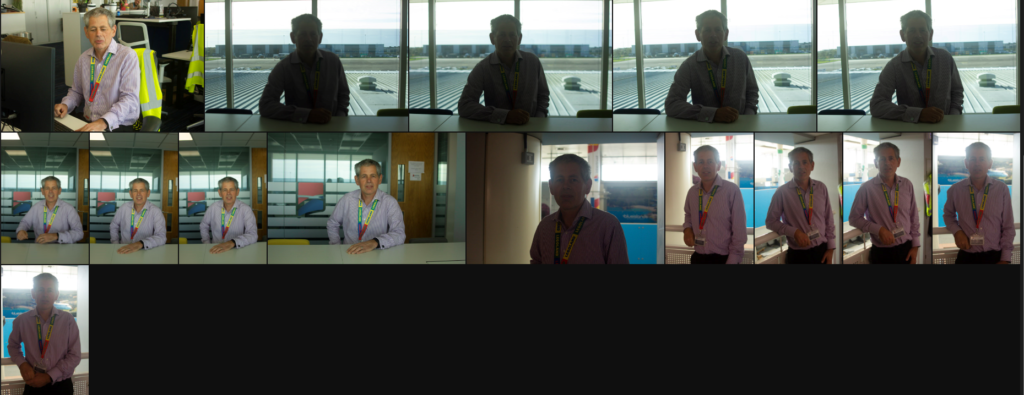
This is the contact sheet of my first photoshoot, I have then marked off the ones I feel aren’t the best as featured below.
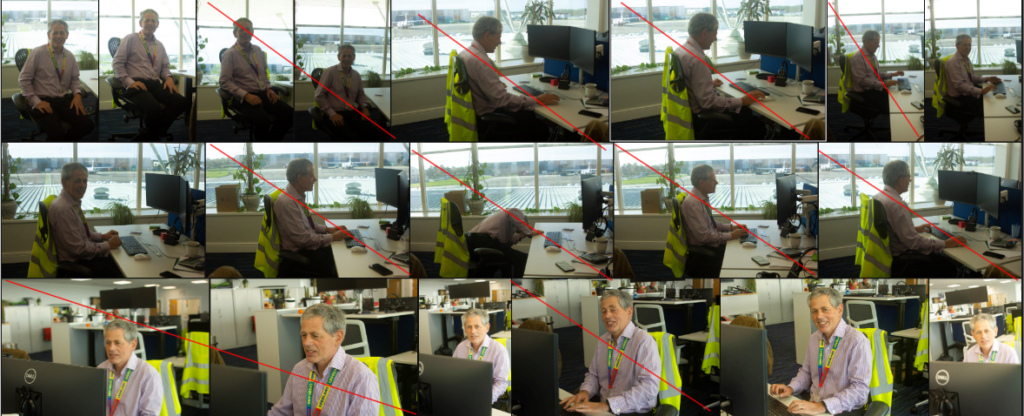
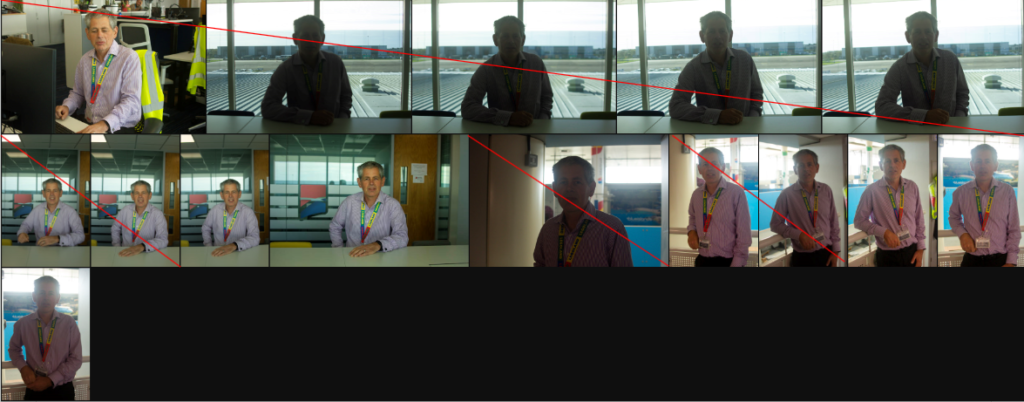
The lines mark off the shots that I don’t consider to be the best options of the shoot, it also includes ones I don’t feel follow the style of environmental portraits.
Overall there were a few successful shots as I looked for certain elements in the photo. I looked for good lighting, well composed shots and if it fitted the brief of an environmental portrait. I looked for certain elements within the composure of the photos, for example by favouring the shot in which the model had his one of his hands on the desk and one resting on his lap the shot has a more authorial look and also follows the idea of environmental portraits being structured and not an action shot. The shot where the model was still moving his hands looks more like I had just captured a moment rather than composed a planned shot. At the beginning of the shoot I was fairly unaware of what I should ask the model to do so as I found my confidence in the type of picture I wanted the shots improved producing results I can now go onto edit.
Artist Research-
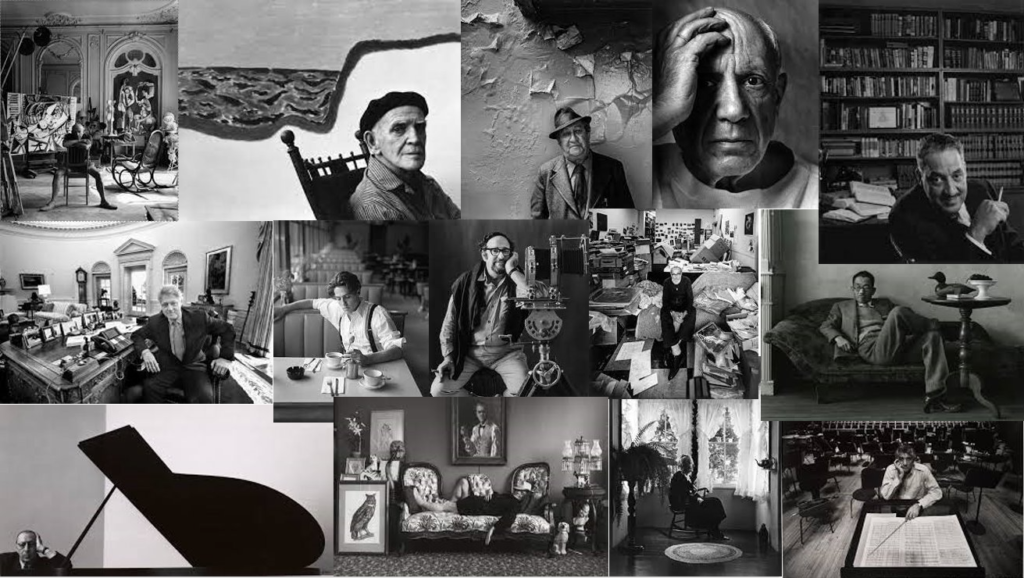
Arnold Newman was an incredible Jewish photographer who mainly took environmental portraits his work is above. You can see in all of these images he tries to tell a story show something about each persons life. The image on the bottom left corner the fact the piano is so big and in the middle with none of it cut out can show to the viewer that maybe music takes over his life and he isn’t the main focus the piano and music are.

Emotional aspects-
this image makes me feel bad for the guy the room seems really bare and there isn’t much in it making him look lonely. However it has quite a serious feel to it because of how he is staring at the camera.
Visual aspects-
the contrast between the size of the piano and the man emphasis how much music takes over his life and can symbolise how small he feels in life. The lighting in the image seems to be quite harsh but also the room is quite bright as there are any shadows of wither the man or the piano.
technical aspects-
I really like how in this image if you are using rule of thirds he is put into the bottom corner of the picture almost ,making is seem as if he has been moved aside and forgotten about as he is only in in 1 square.
The image seems to have a long depth of field as both the piano and the wall behind seem to look quite sharp and not blurred at all.
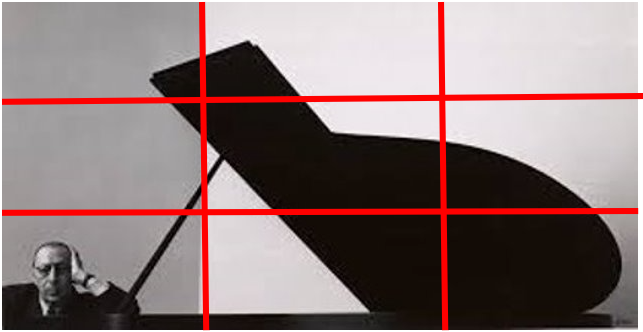
conceptual aspects-
I think Arnold Newman was trying to show how music is his whole life its his passion his hobby and his job. His music is so well known his music is probably more well known than him himself so I think he was trying to show that.
contextual aspects-
This mans like I believe was quite well portrayed through his photo as he is Igor Stravinsky a Russian composer ,director and pianist he was sad to be one of the most influential composers of the 20th century.
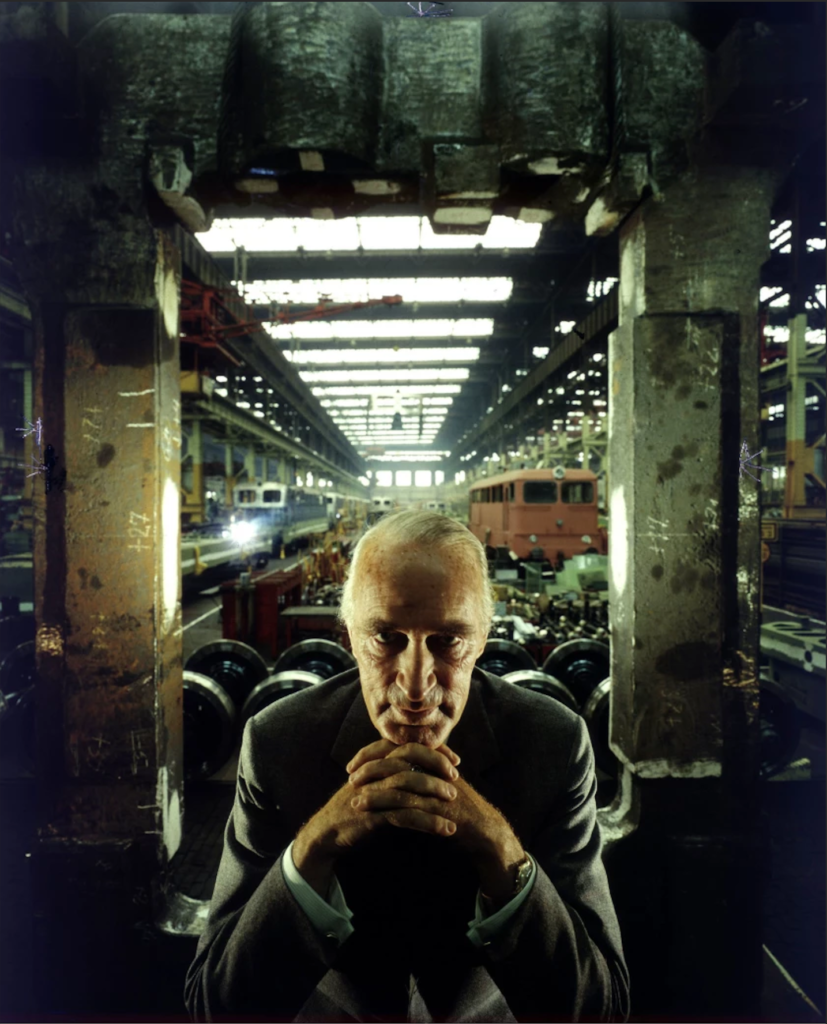
Emotional aspects-
I think this picture gives off quite an uneasy and creepy feeling when looking at the image. It’s almost quite an intimidating photo due to him looking straight at the camera with this dark lighting and having his face illuminated slightly.
Visual aspects-
Some visual aspects of this photos could be the fact their are lots of dark colours creating the eerie feeling. There are two pillars next to the man which are almost framing him. The place seems quite dirty with the steam you can see coming off the train and the writing on the walls.
technical aspects-
I think some of the technical aspects would be the lighting was done in a specific way as it is coming from the sides to not aluminate his face but to make shadows. the perspectives of him up close and clear background see far down but not clear.
conceptual aspects-
For this photoshoot for Arnold Newman really wanted the idea to be that Alfred Krupp was a horrible evil man who did bad things and hurt others. So he showed that through his photos he made it so the lighting seemed quite sinister and the naturally had that pose so it worked perfectly for the concept.
contextual aspects-
The content behind this image is that Alfred Krupp was a German man who helped provide the Nazi’s bombs and access through his railways during the war. And he was a big fan of Arnold Newman’s work but he was unaware he was a Jewish man. So Arnold Newman used this as a ay of revue apparently so he made Alfred Krupp look as evil ad possible.